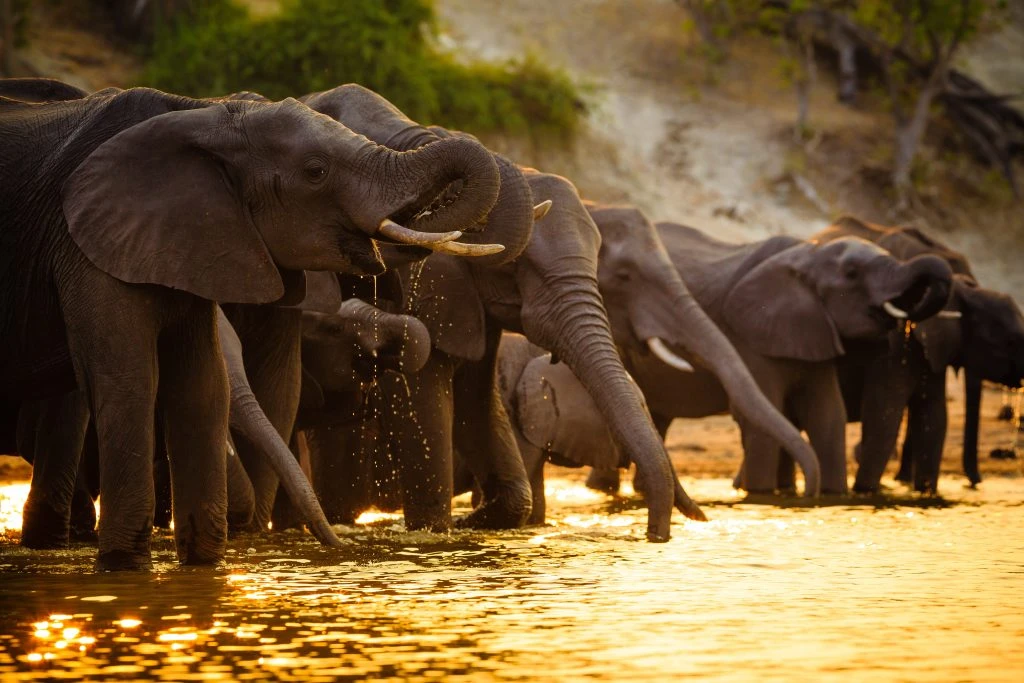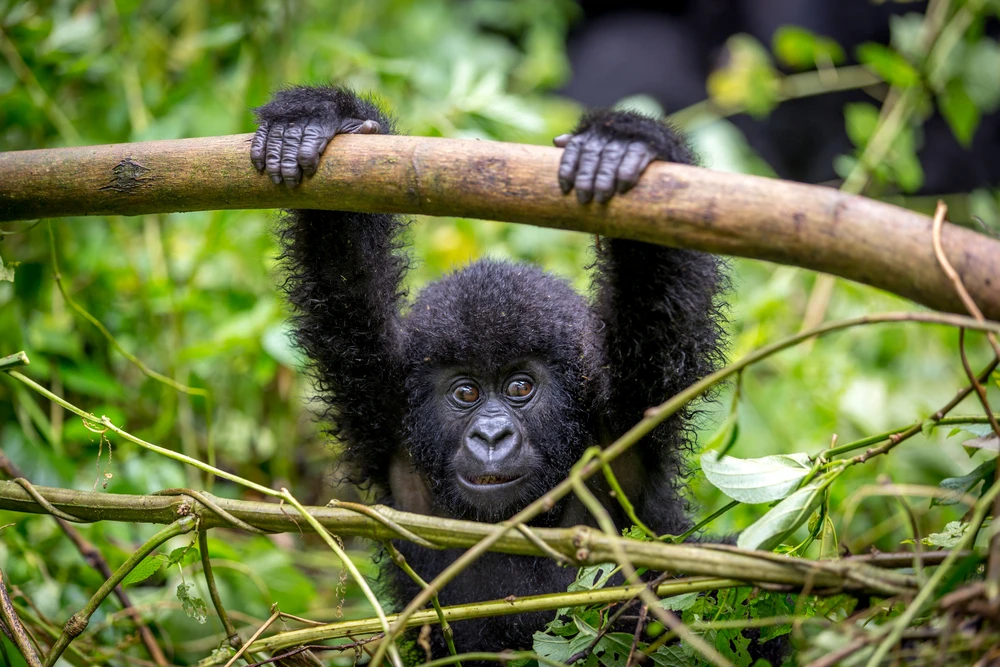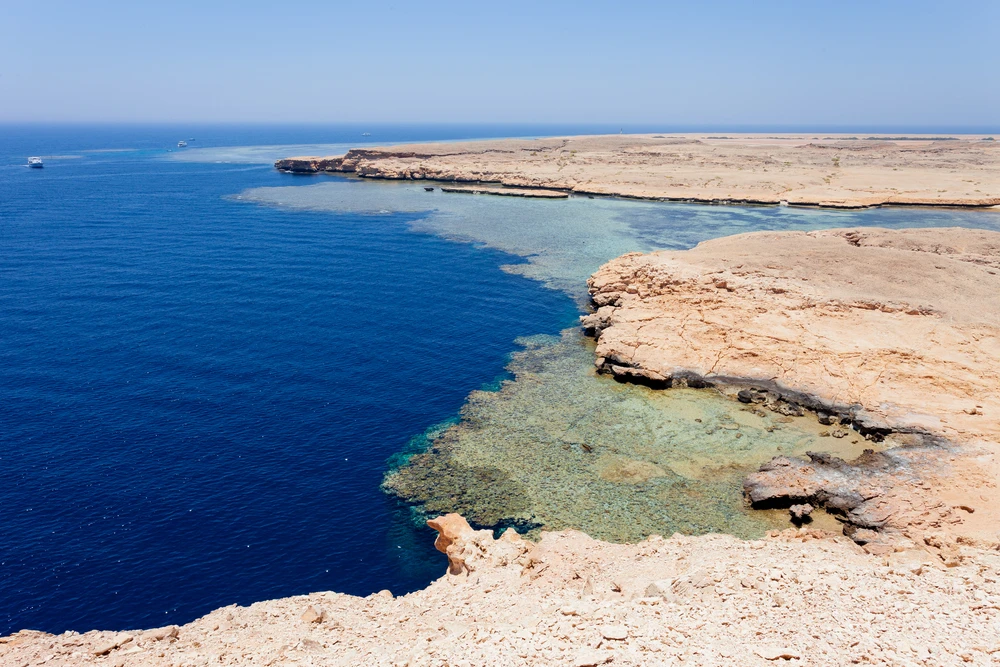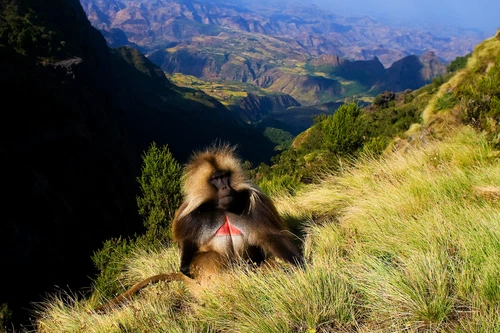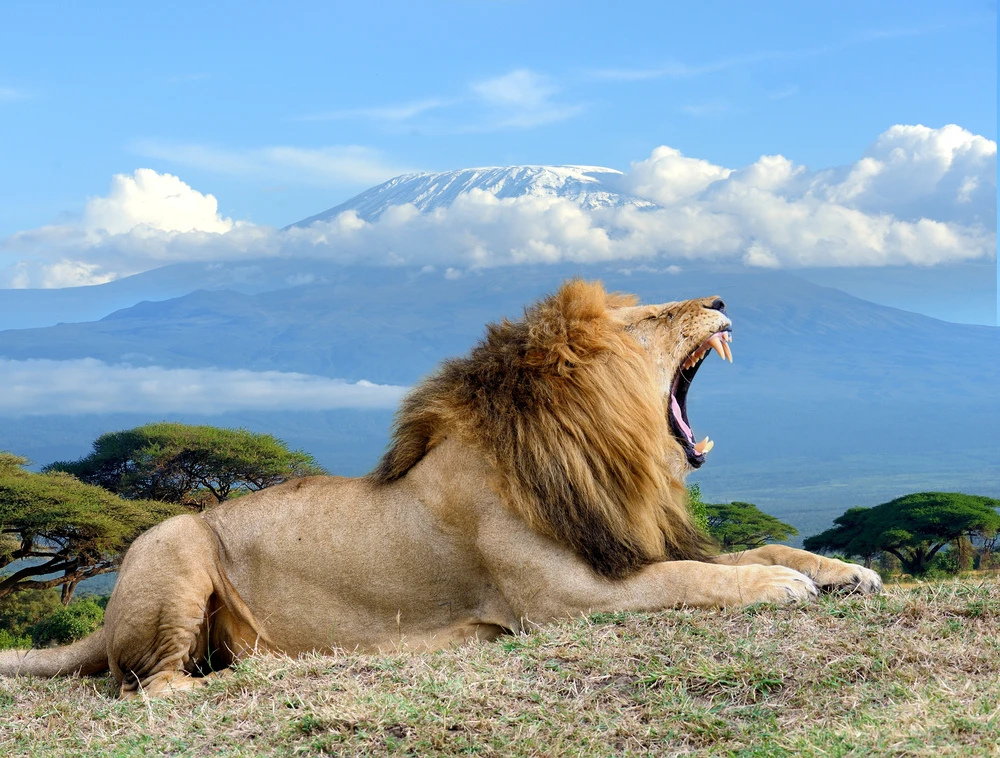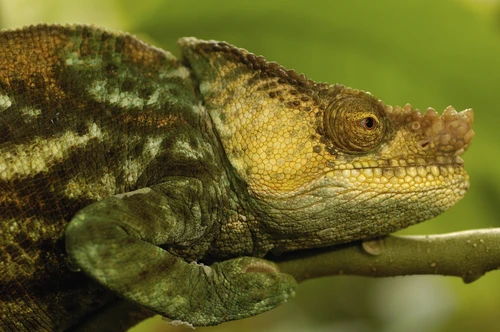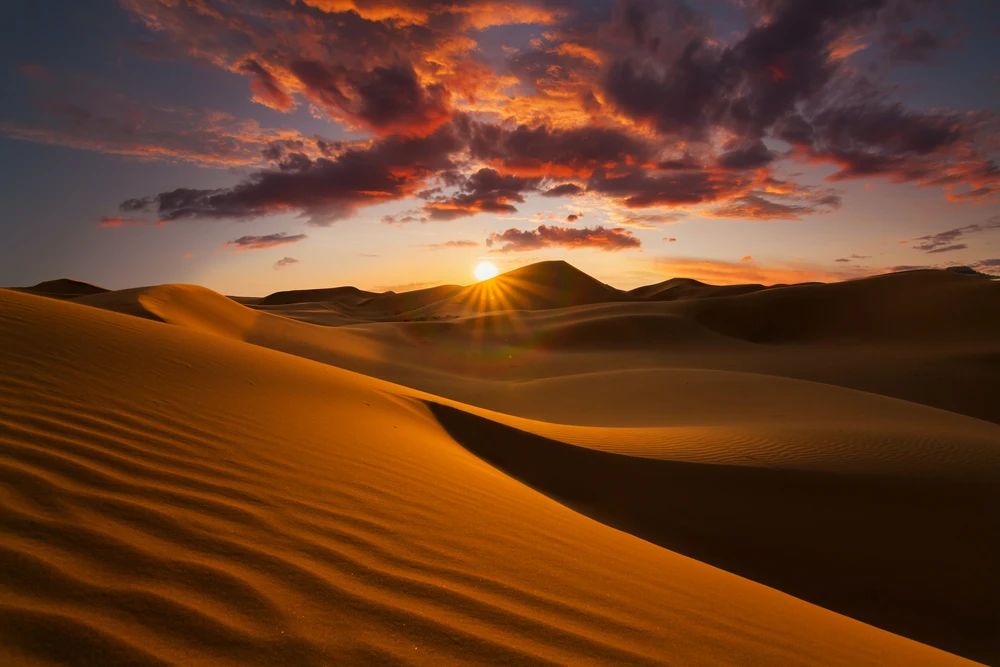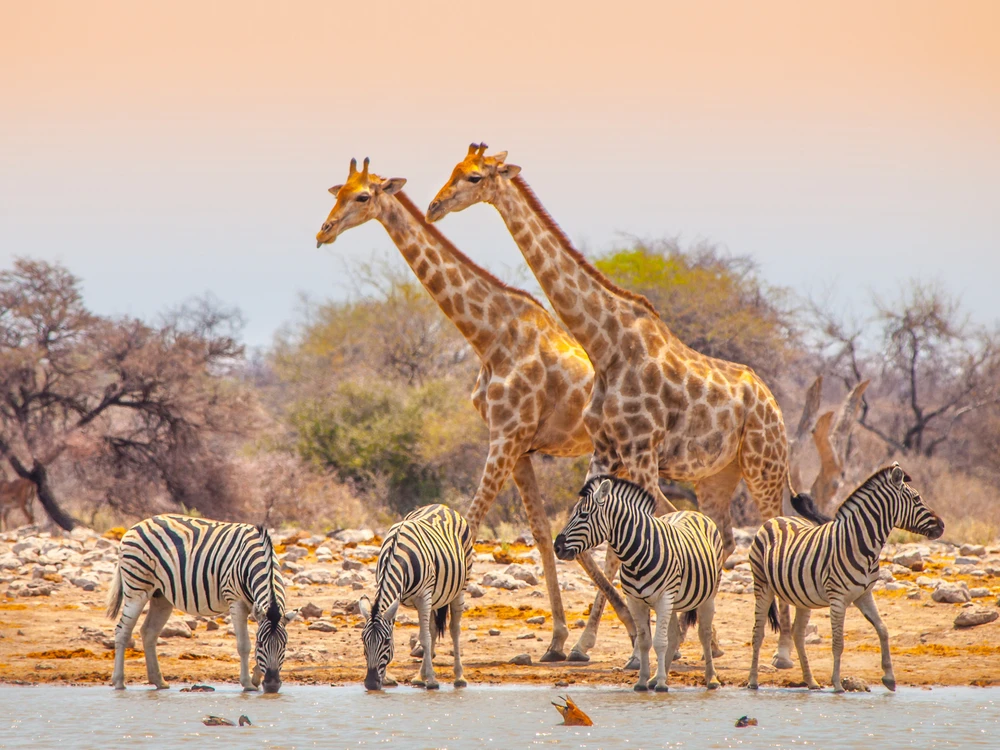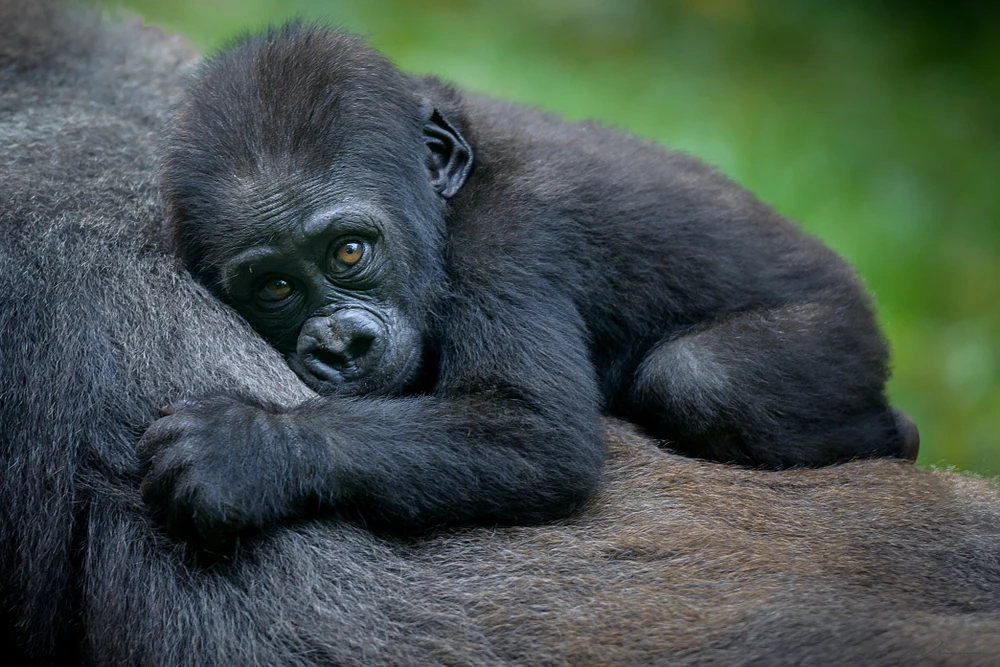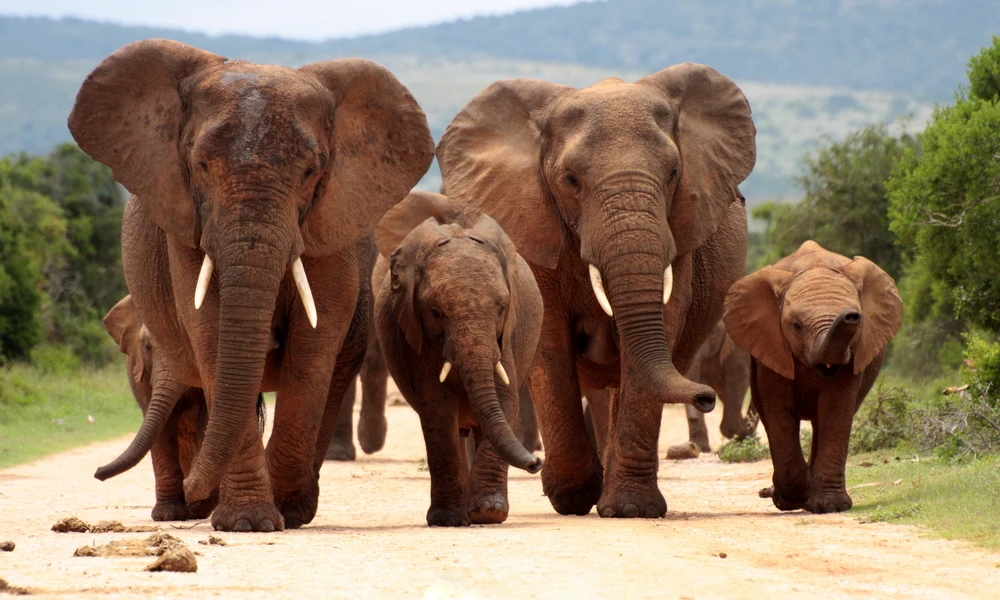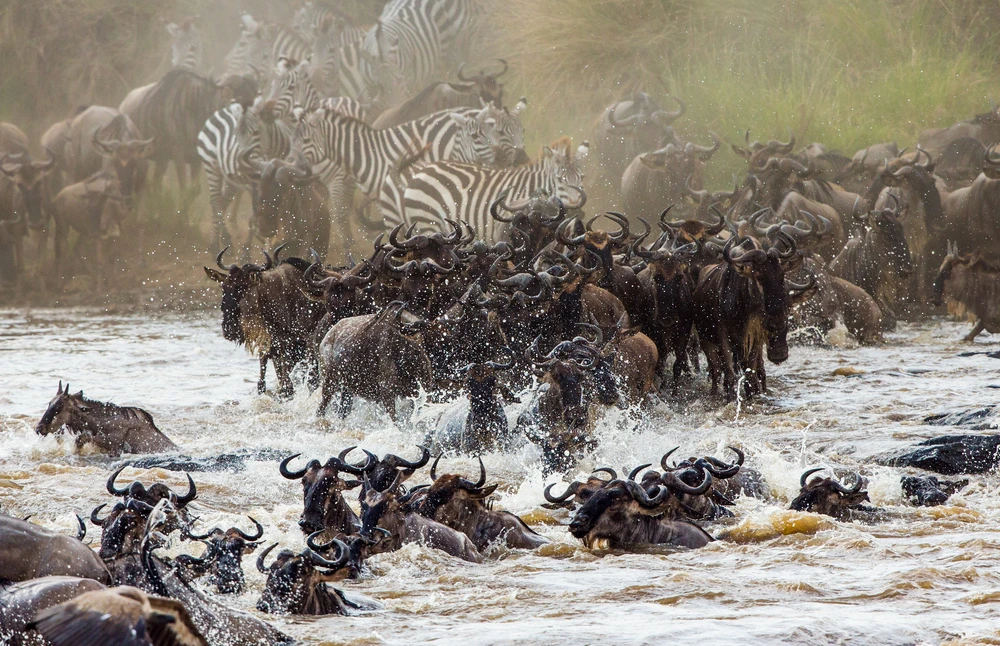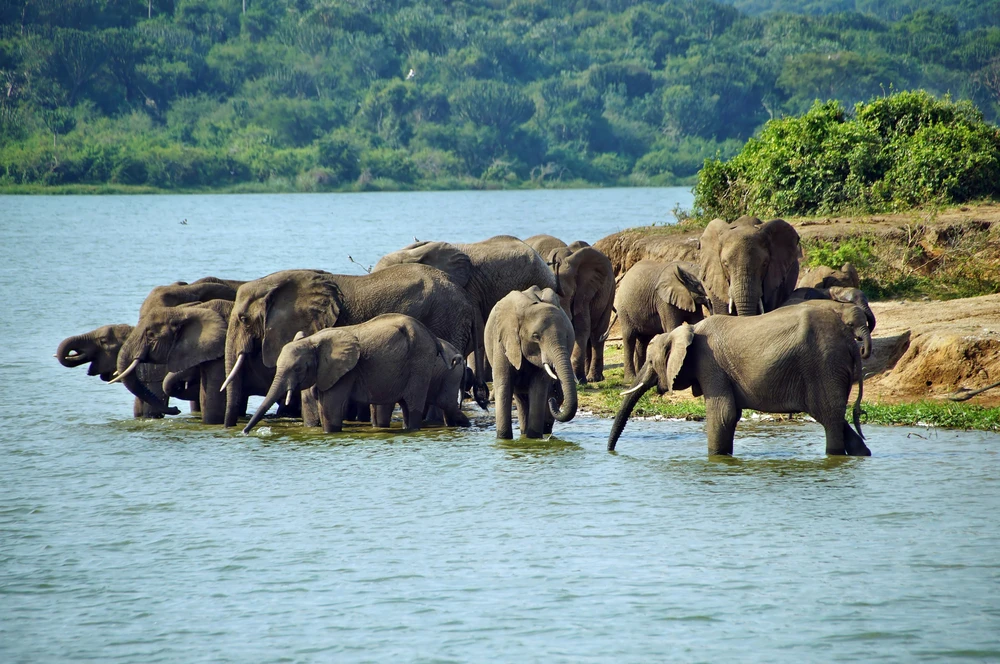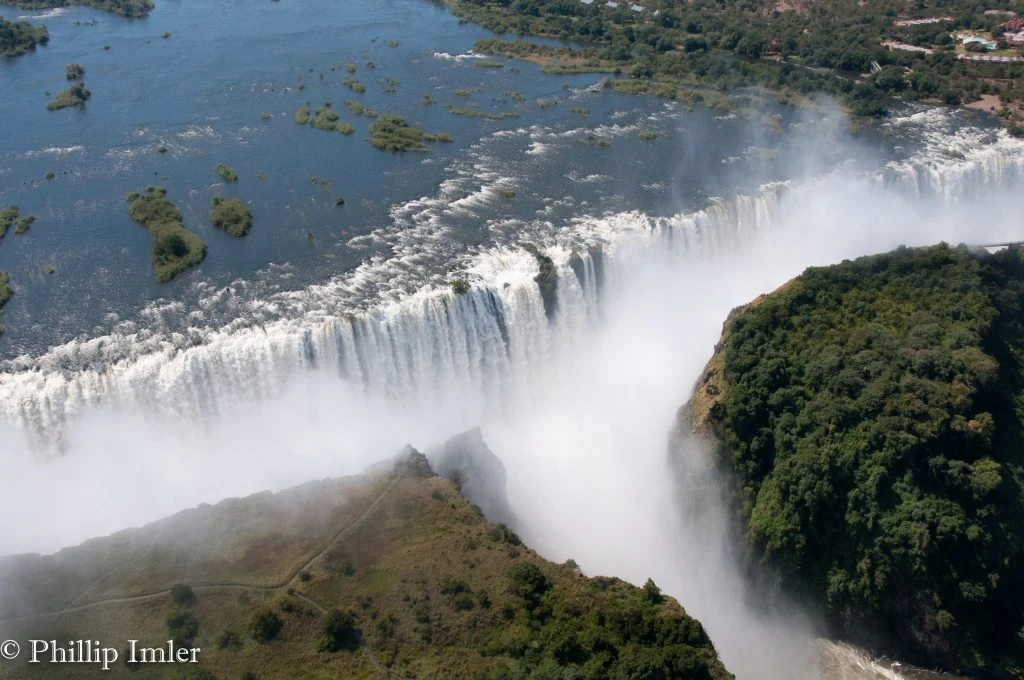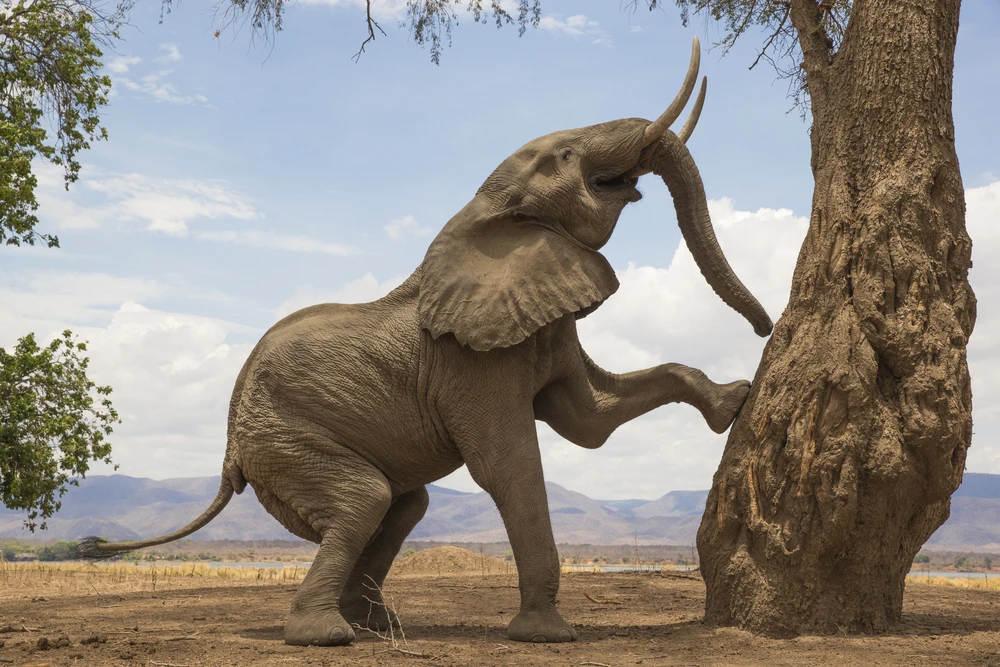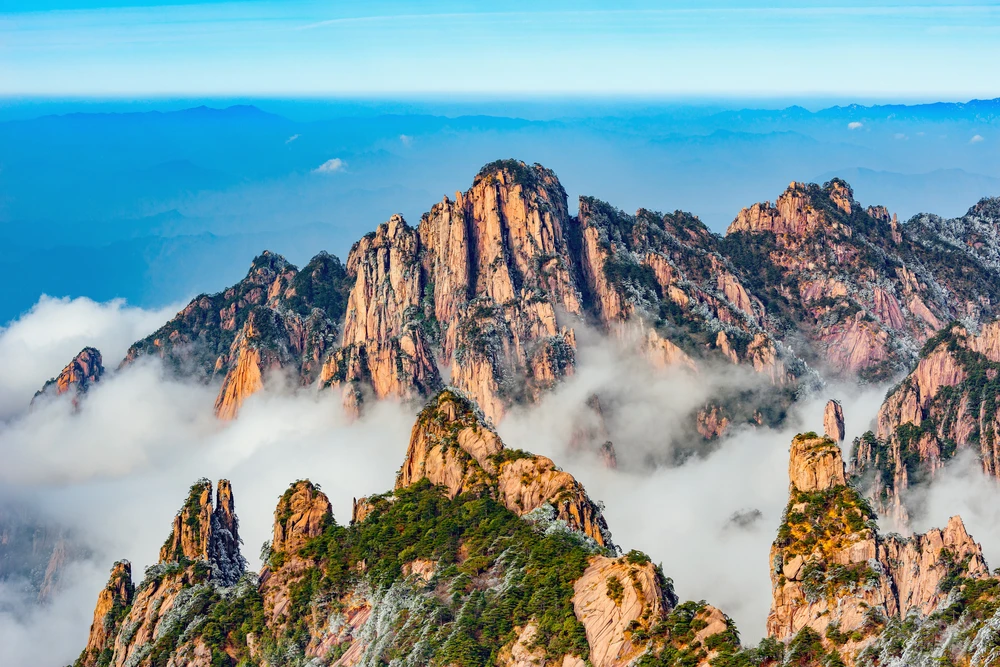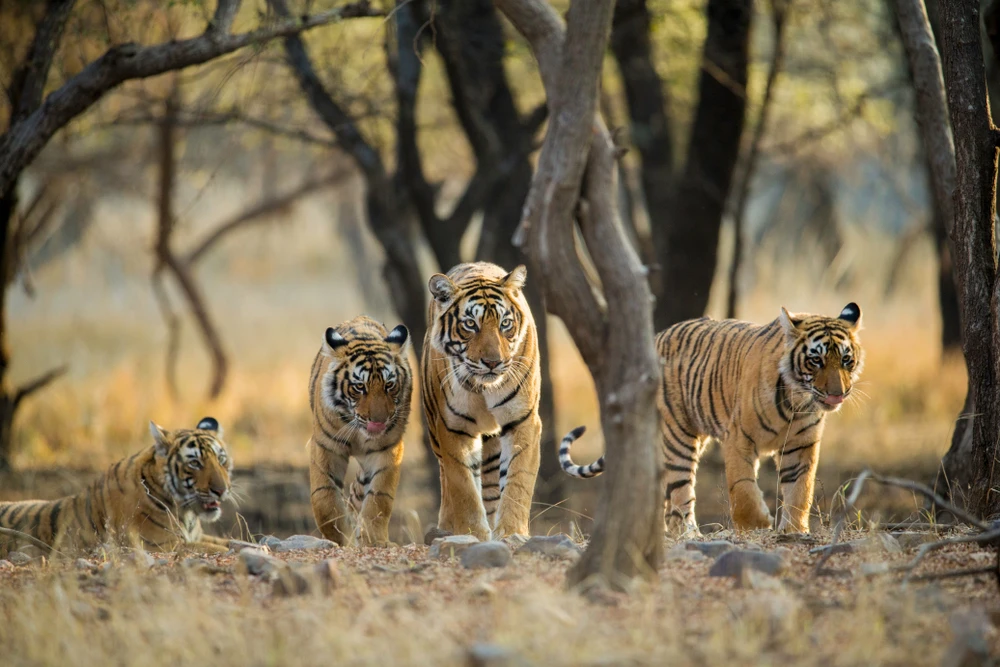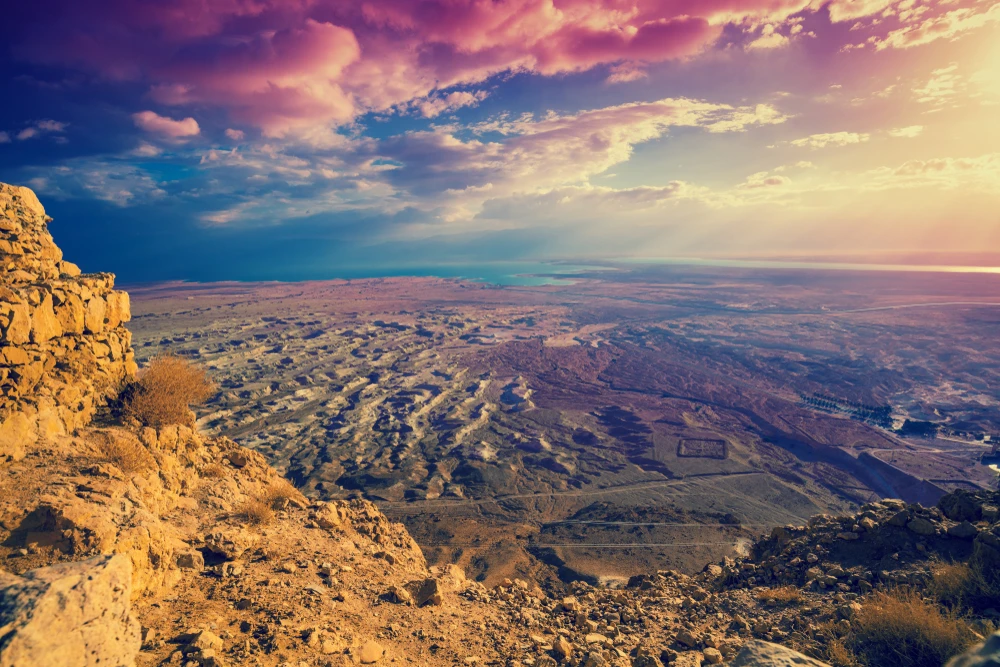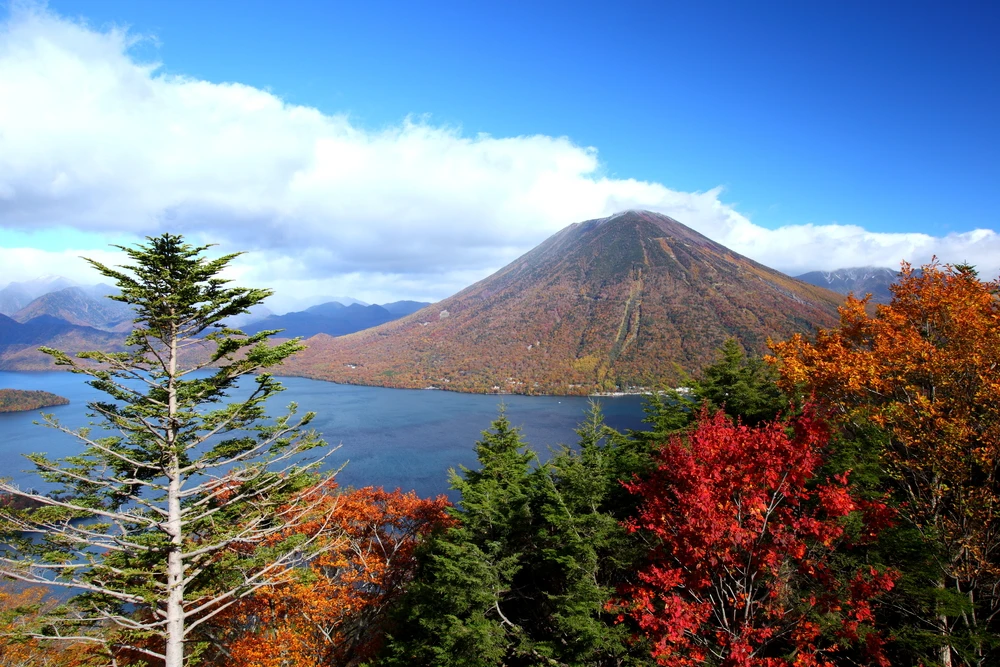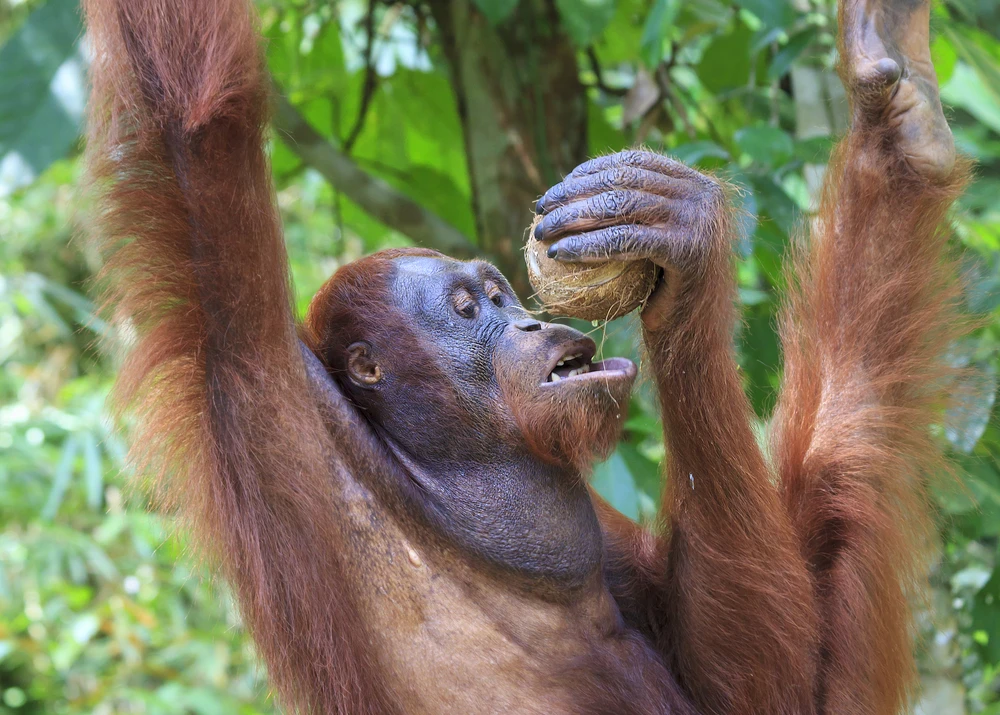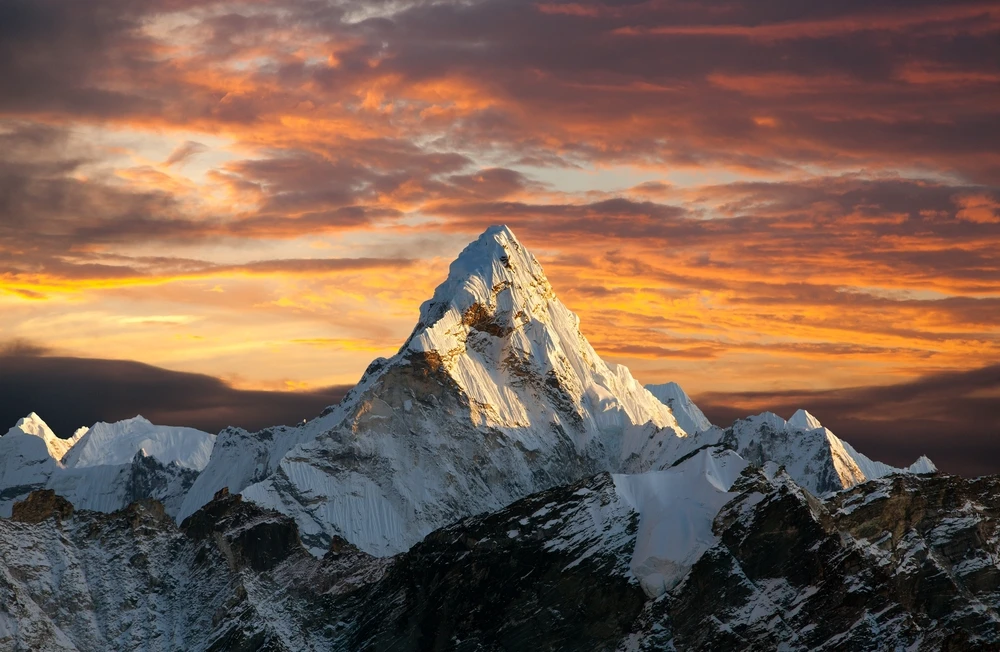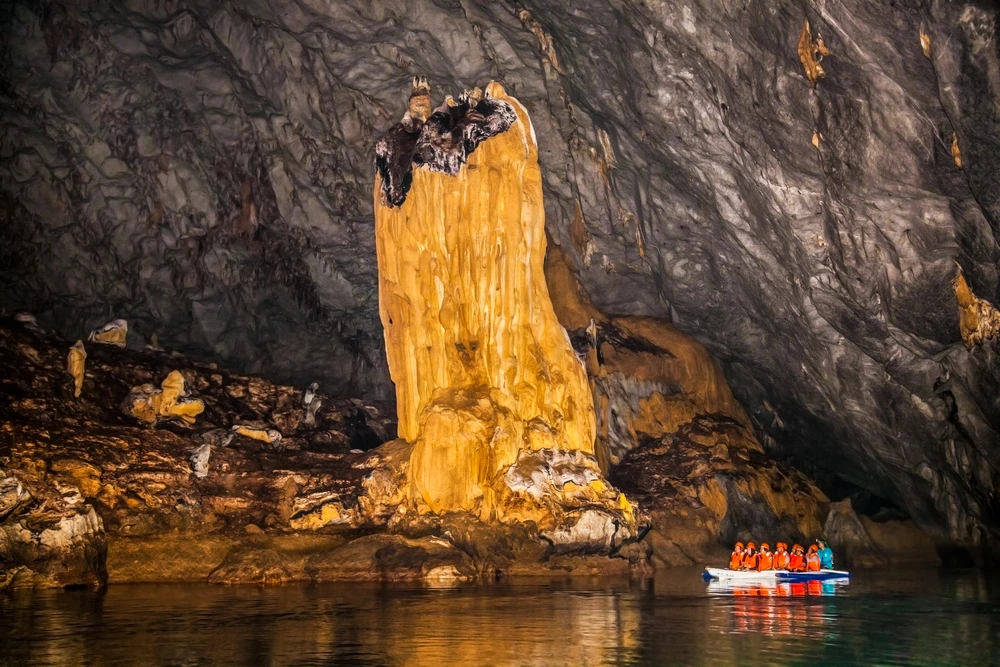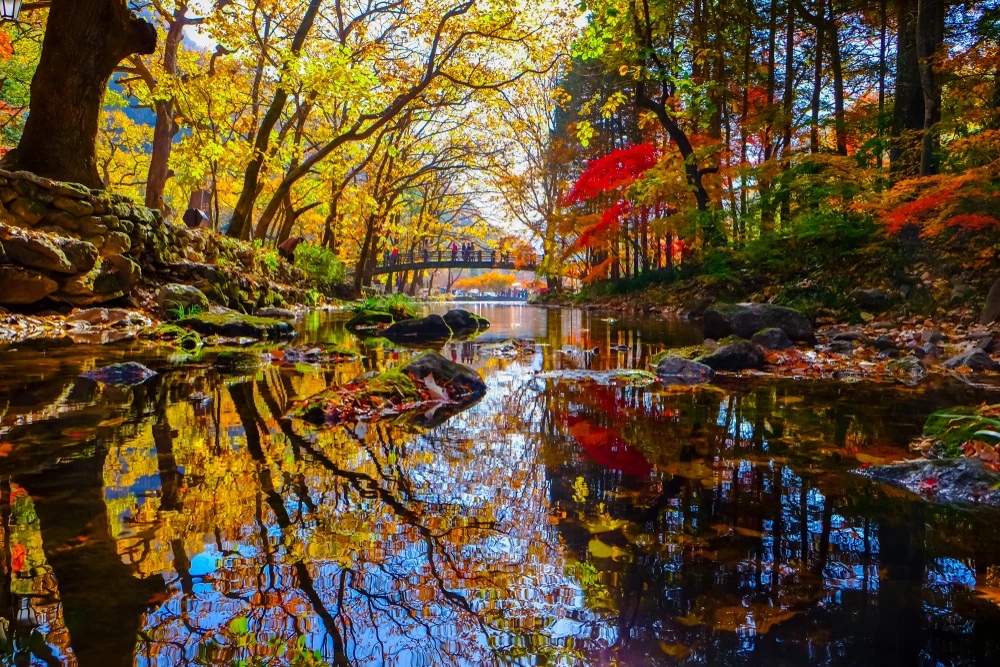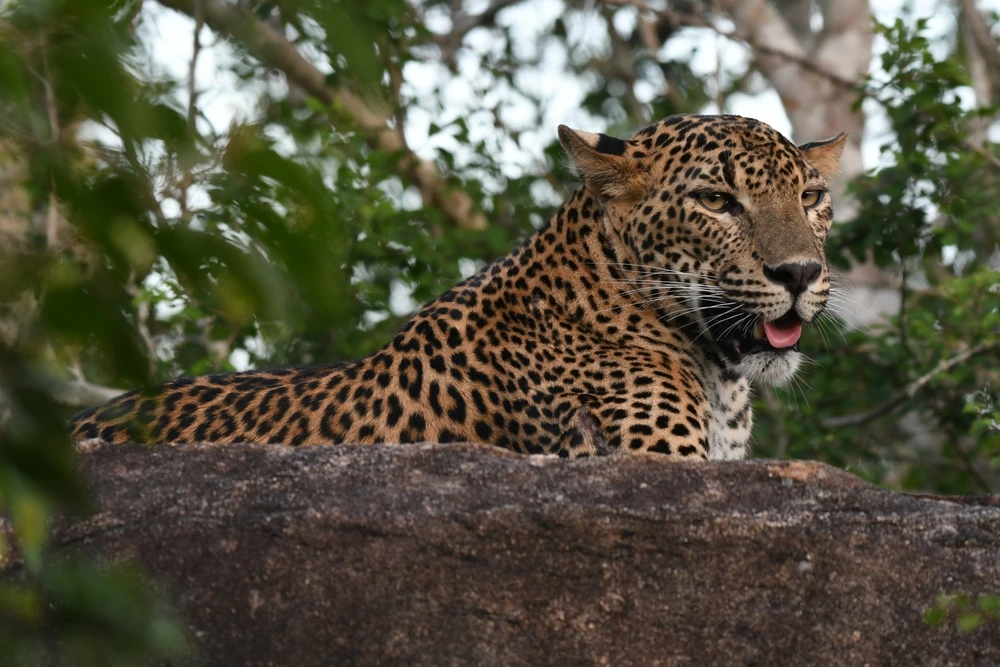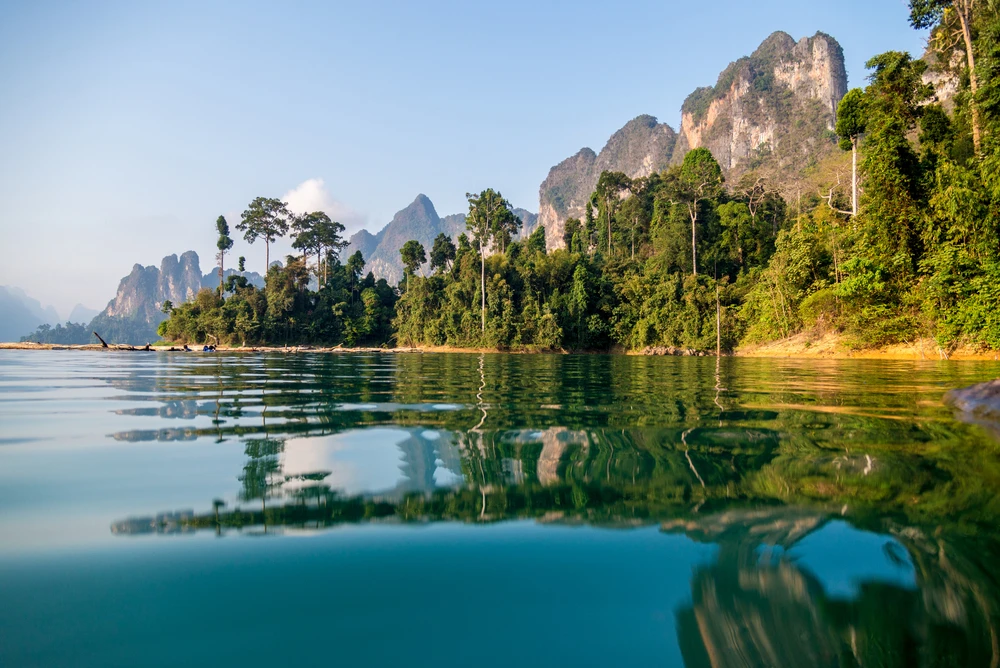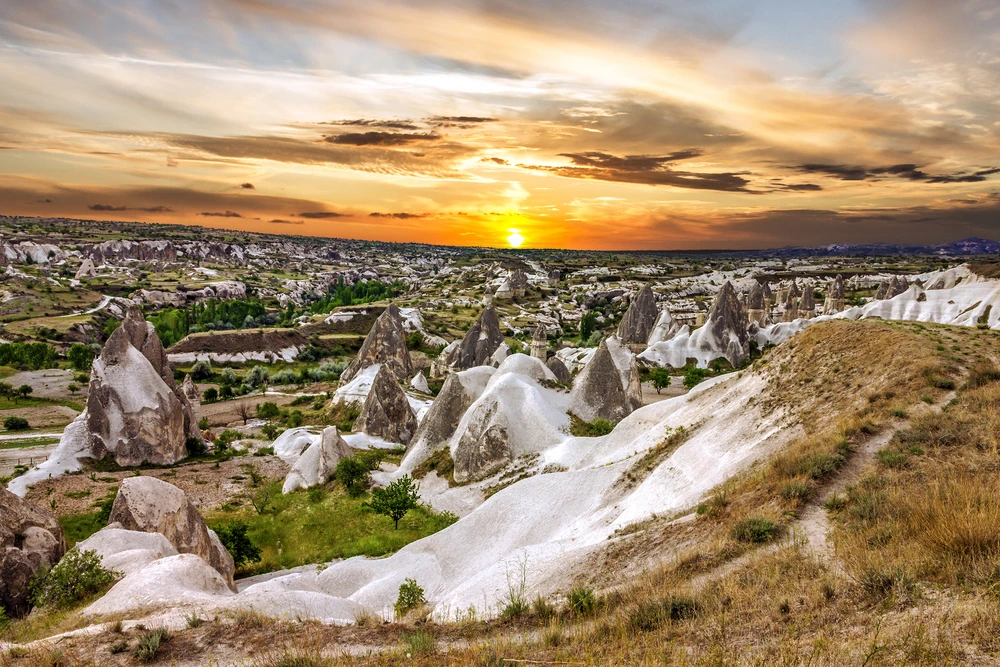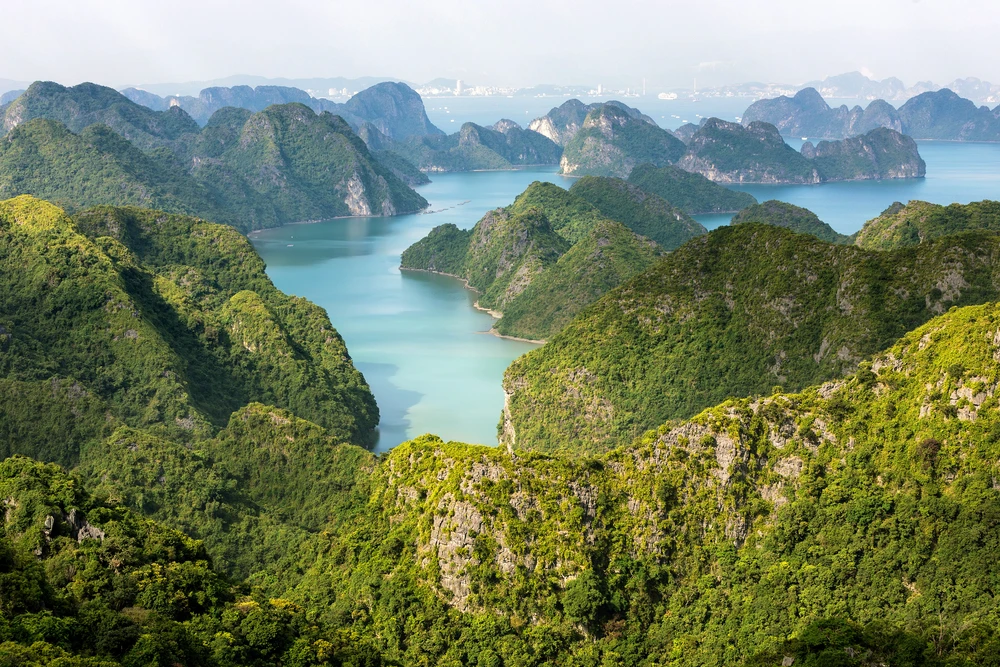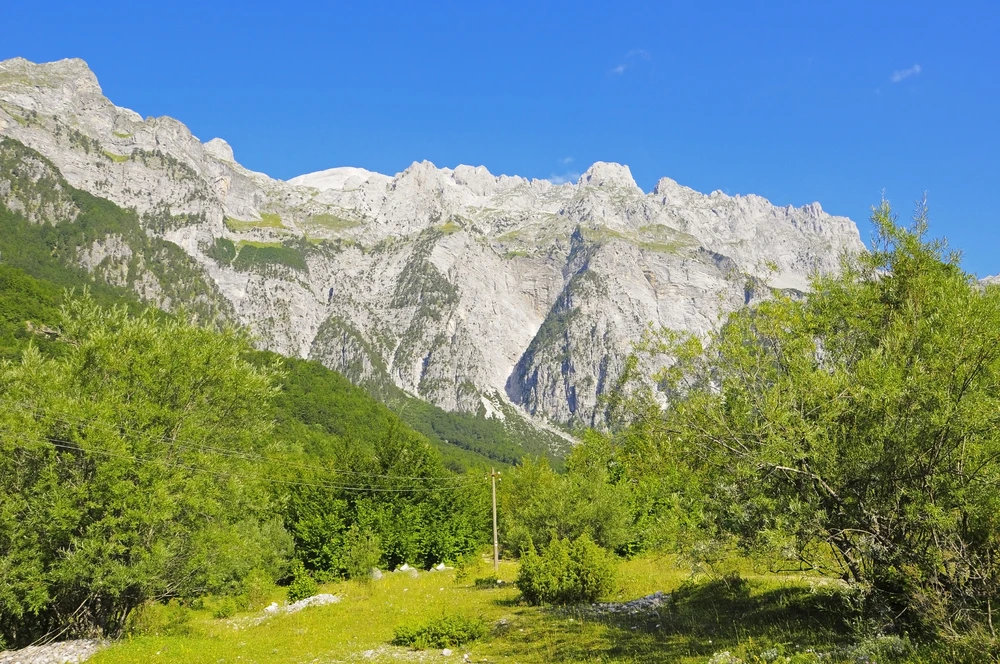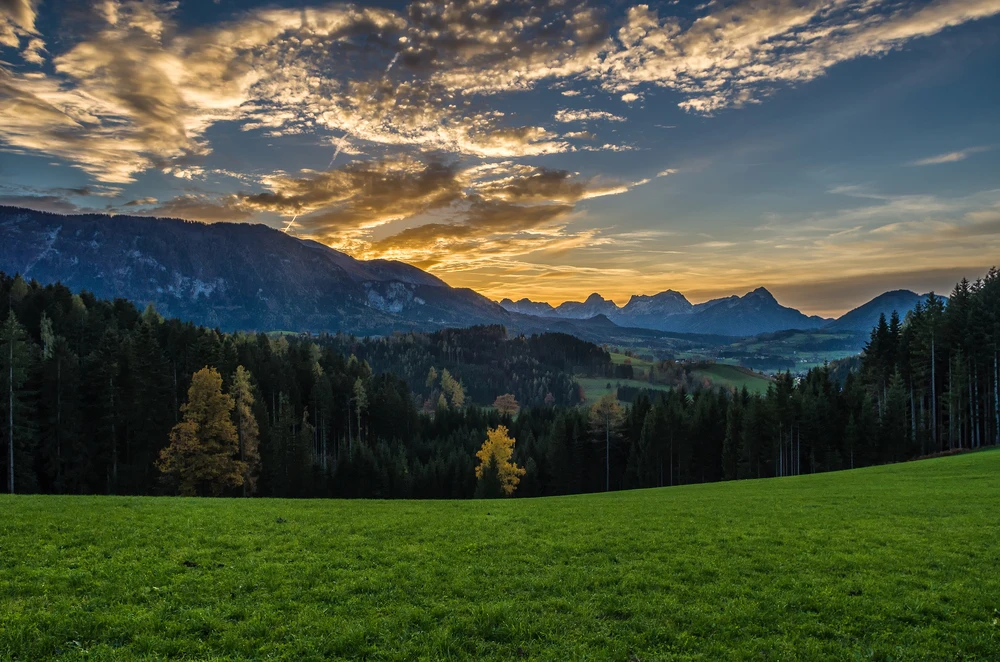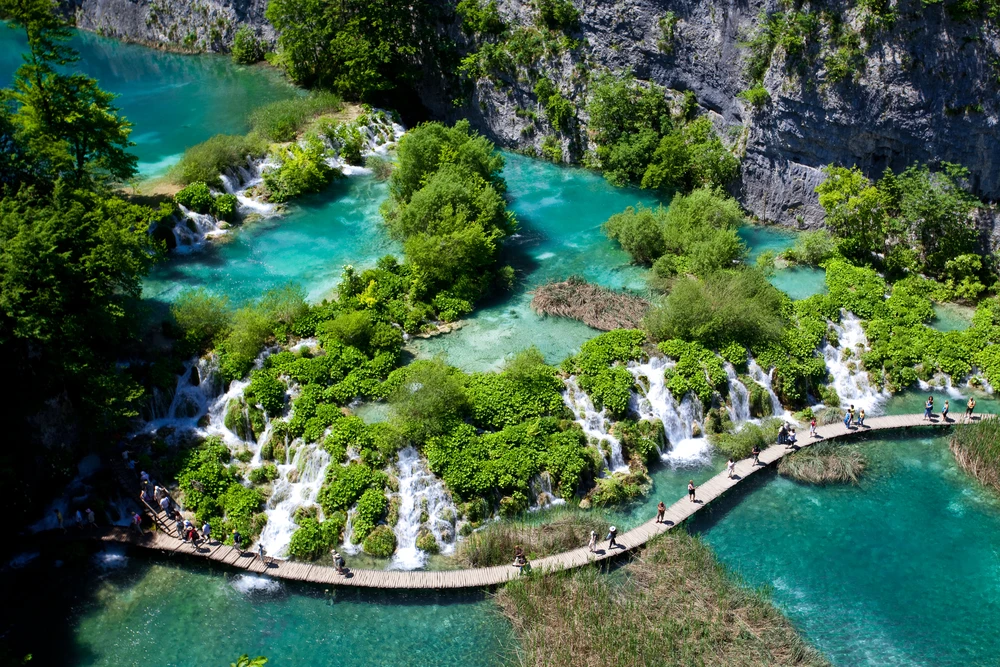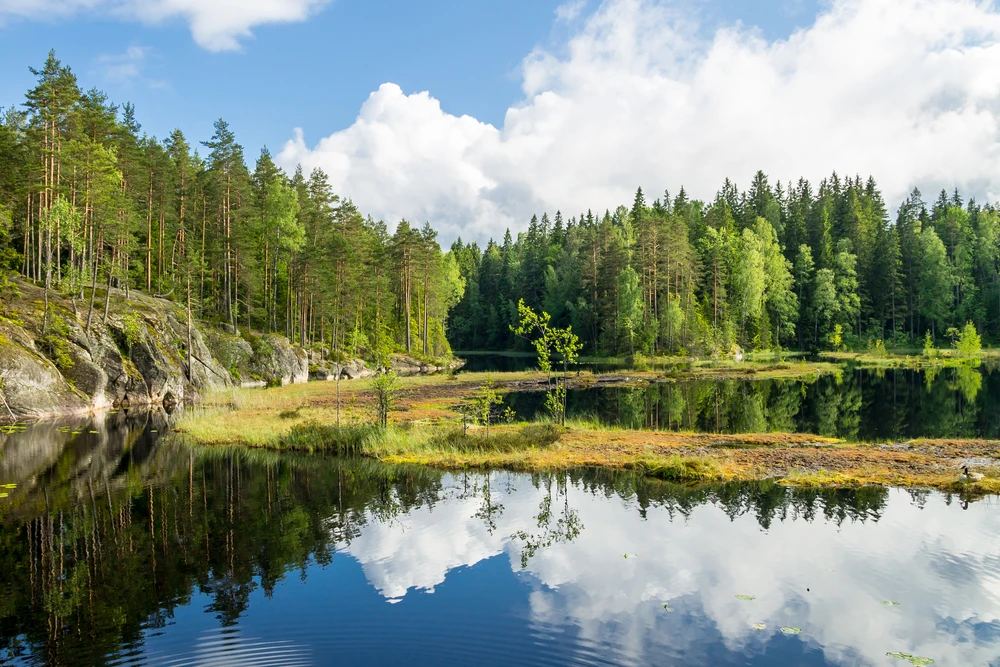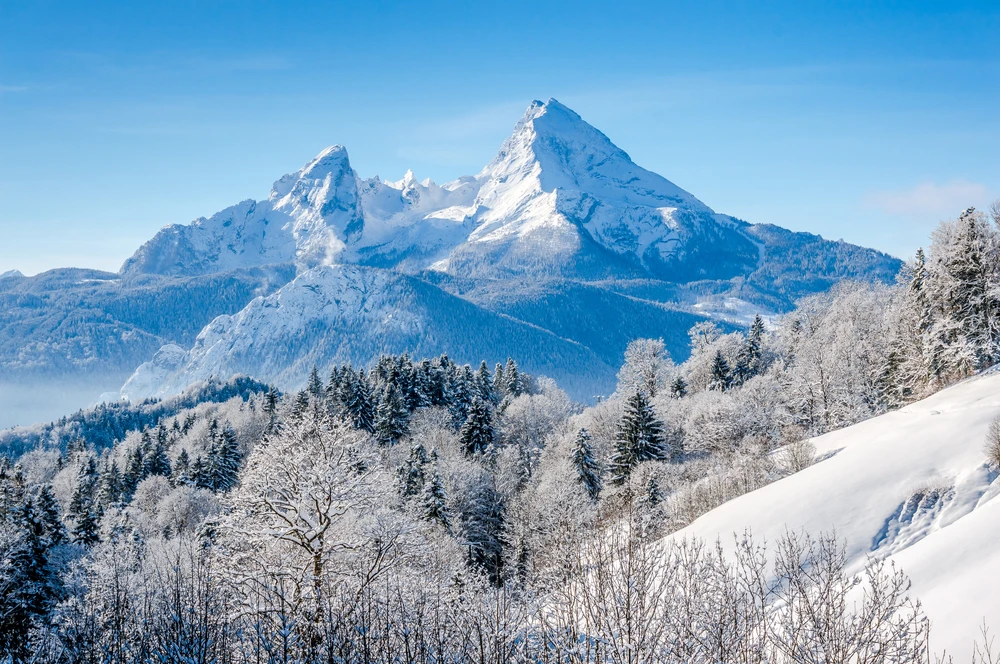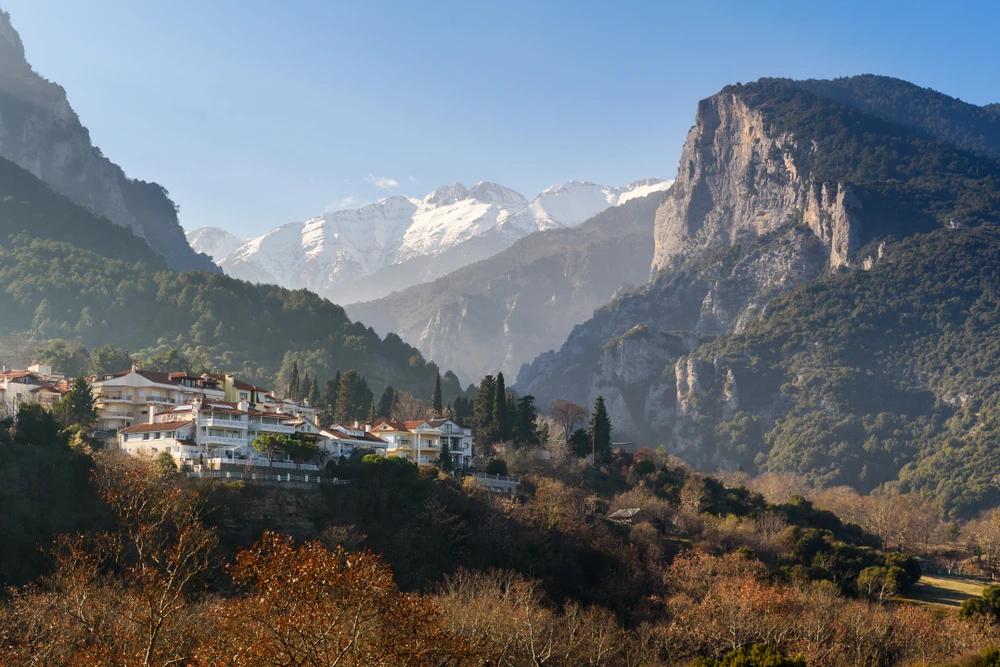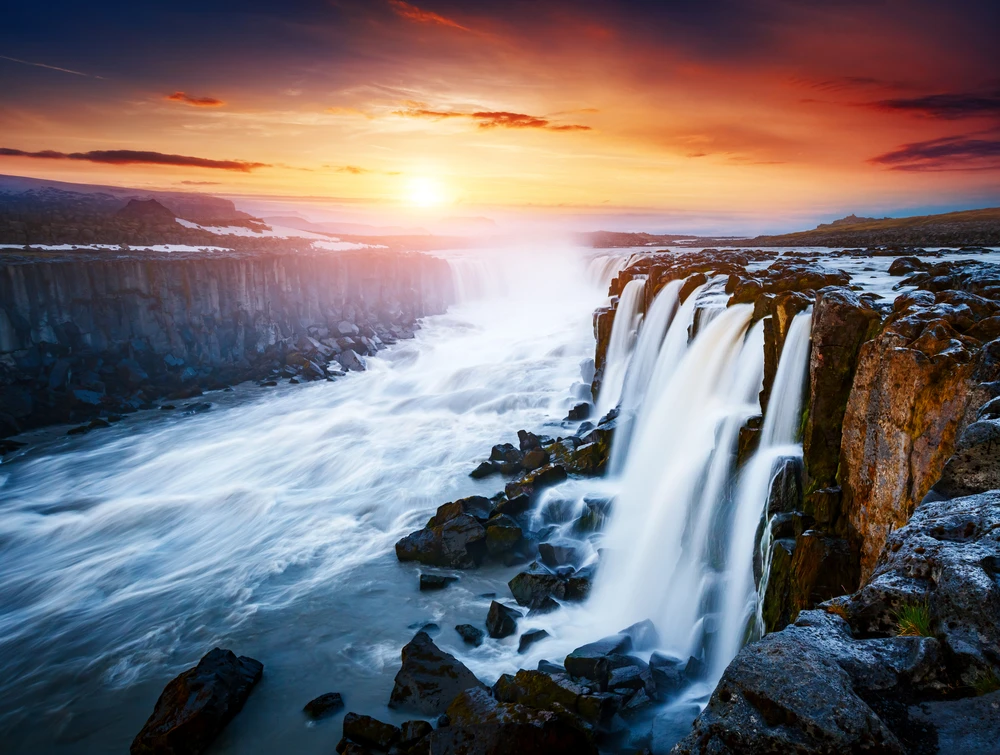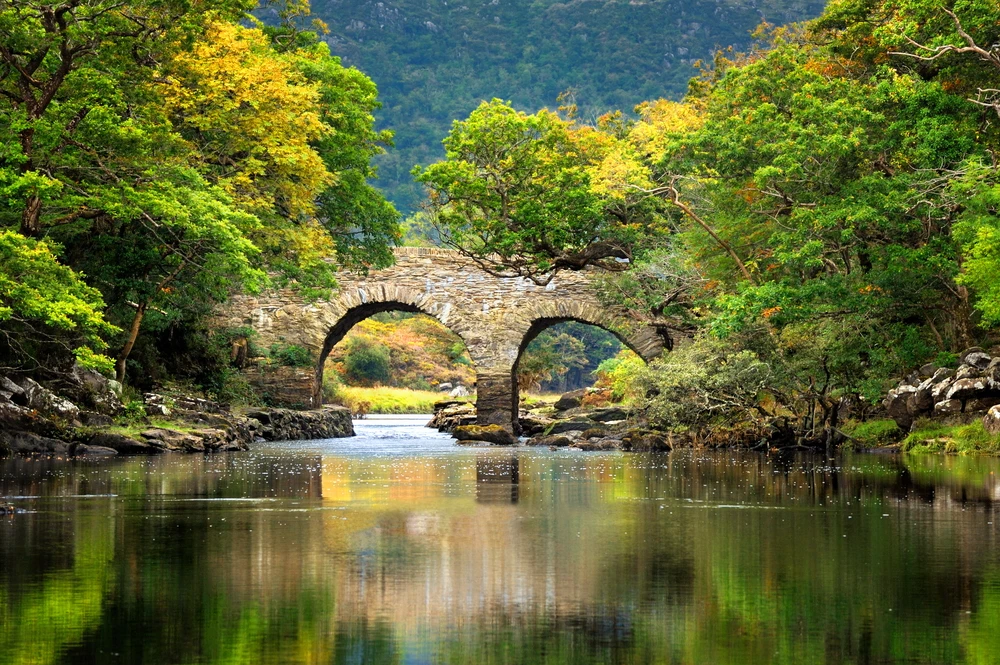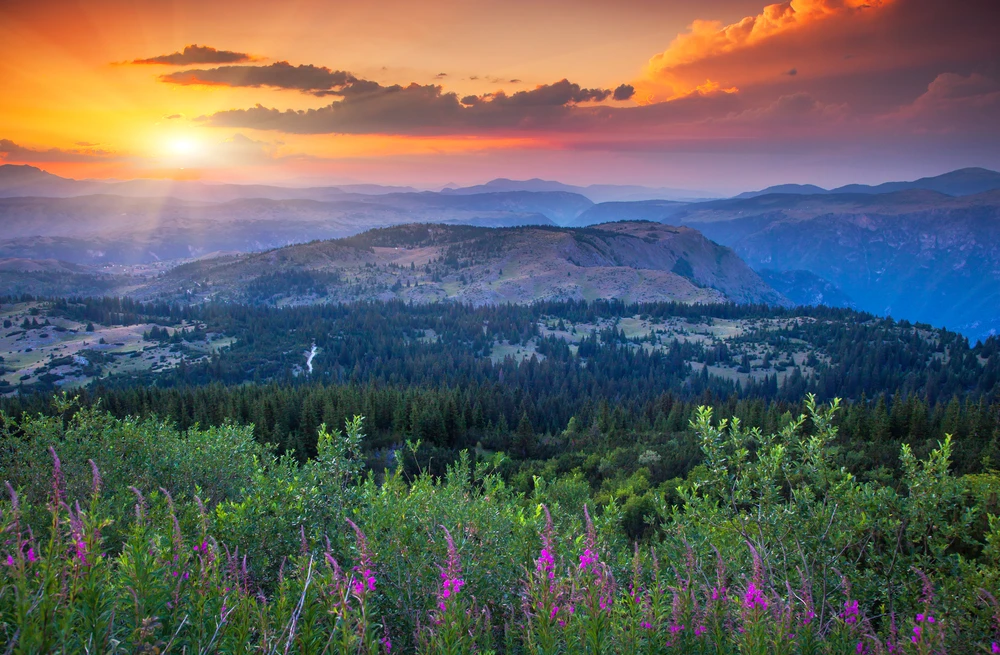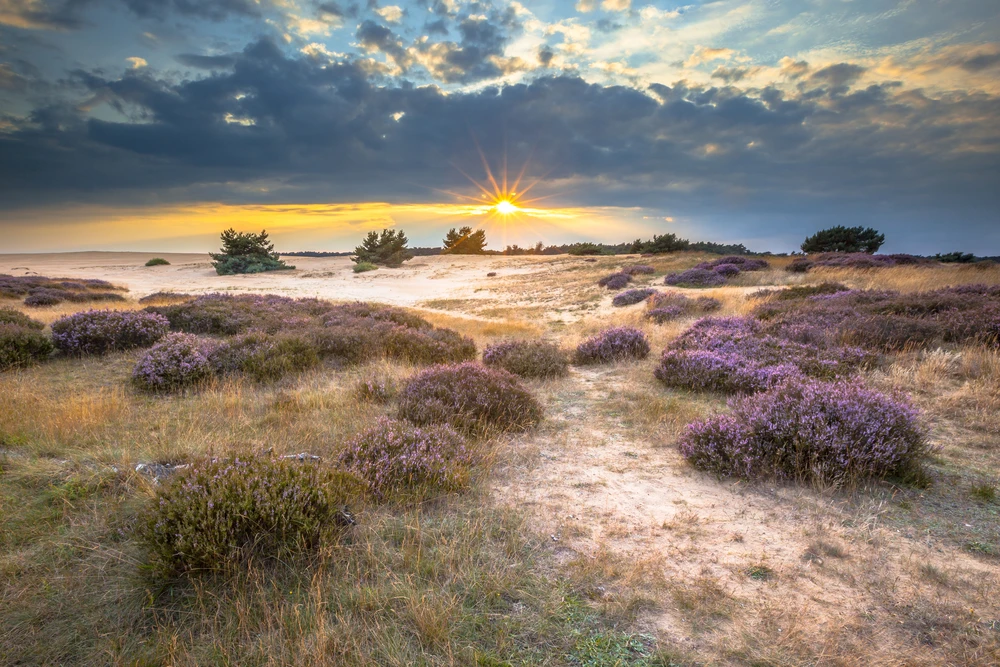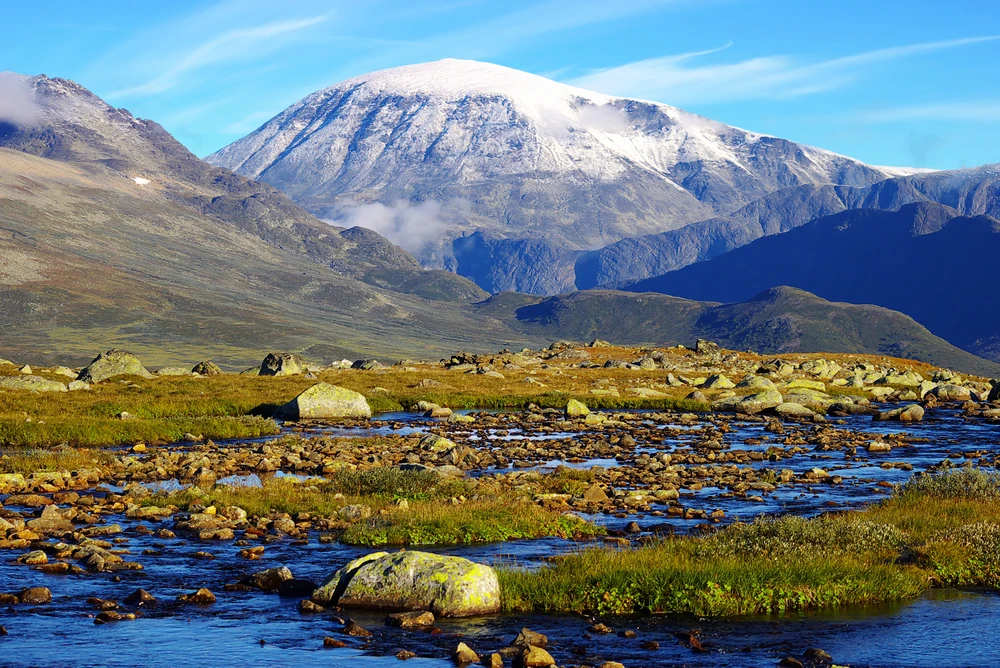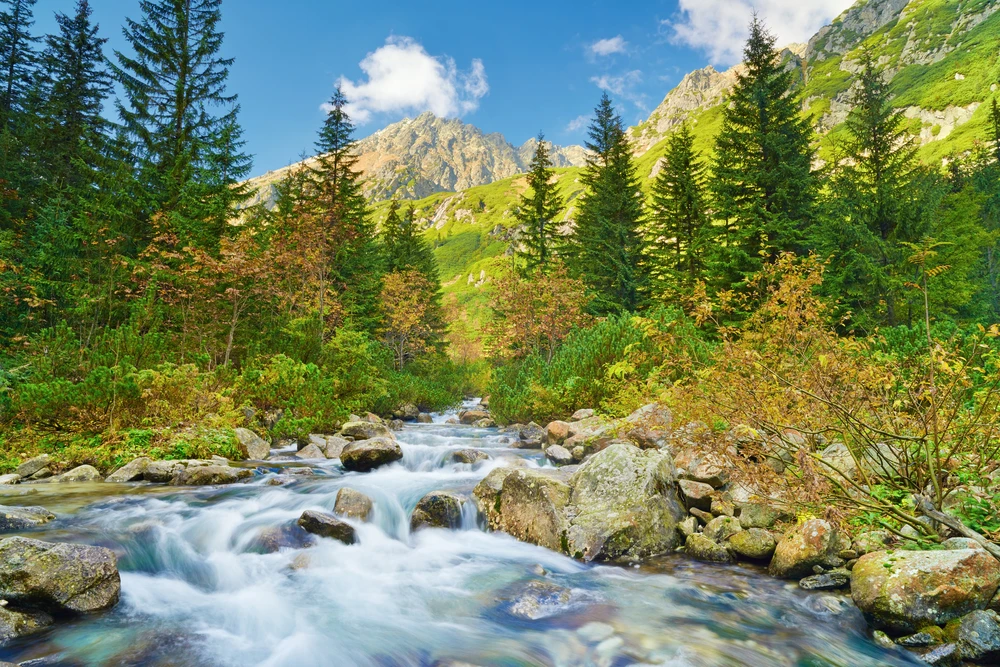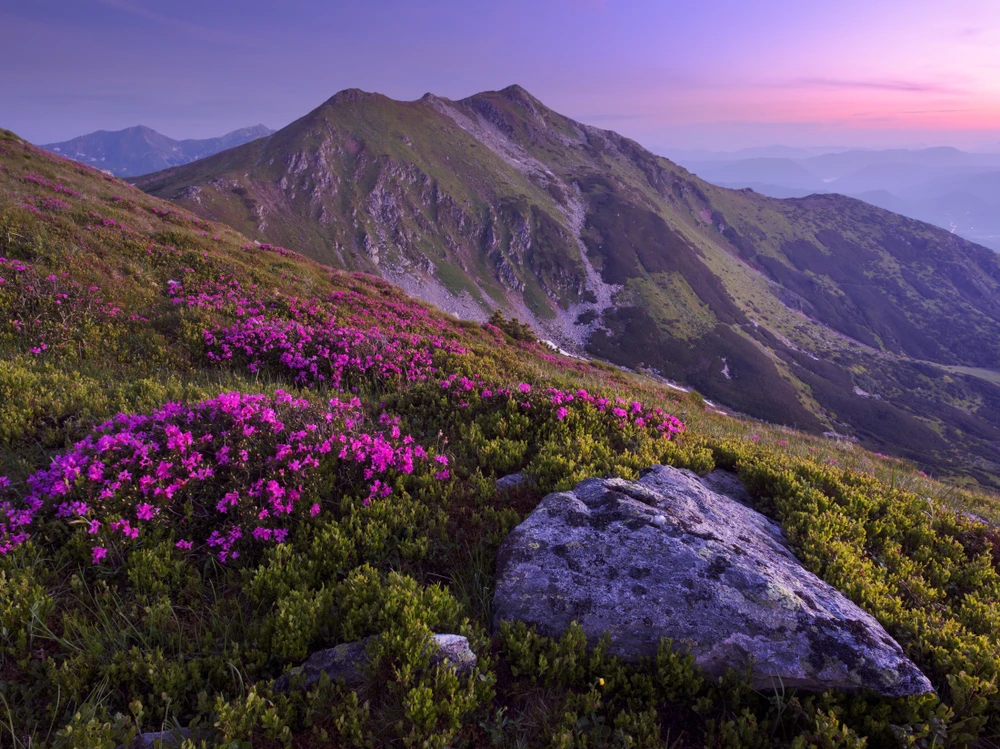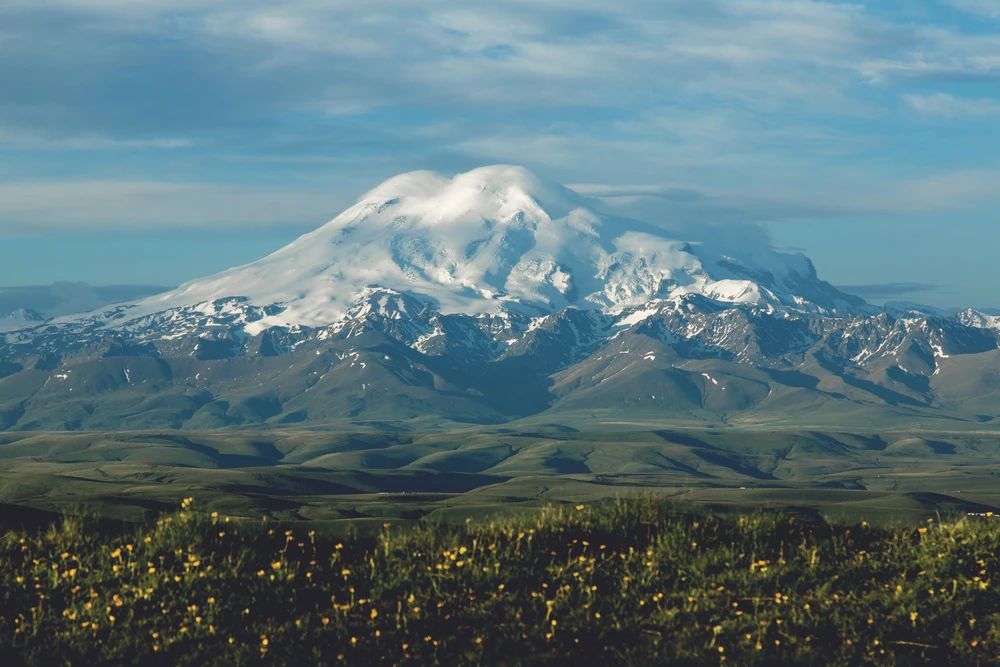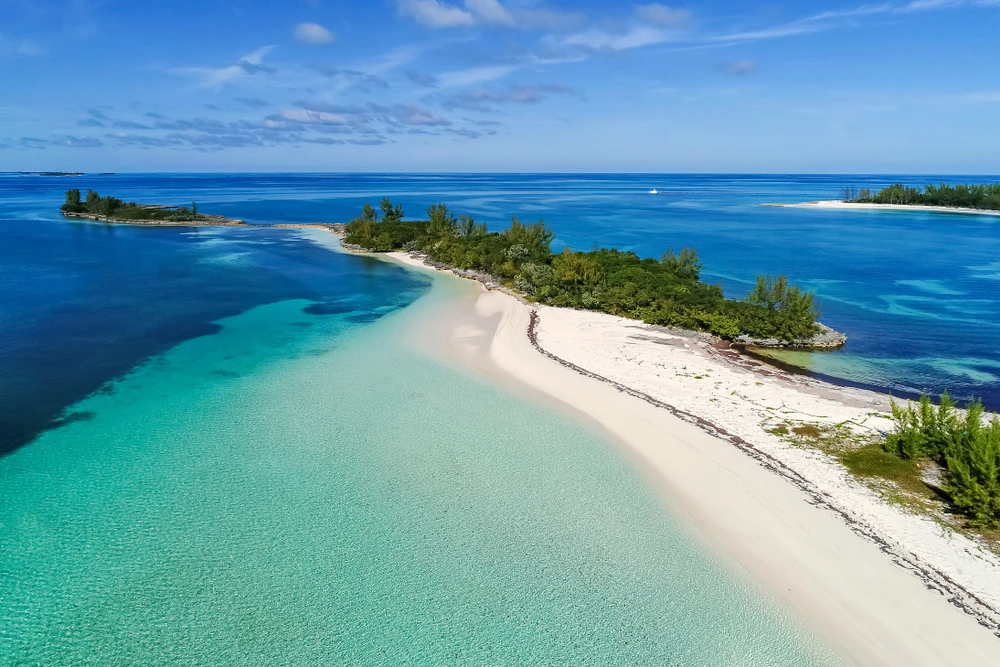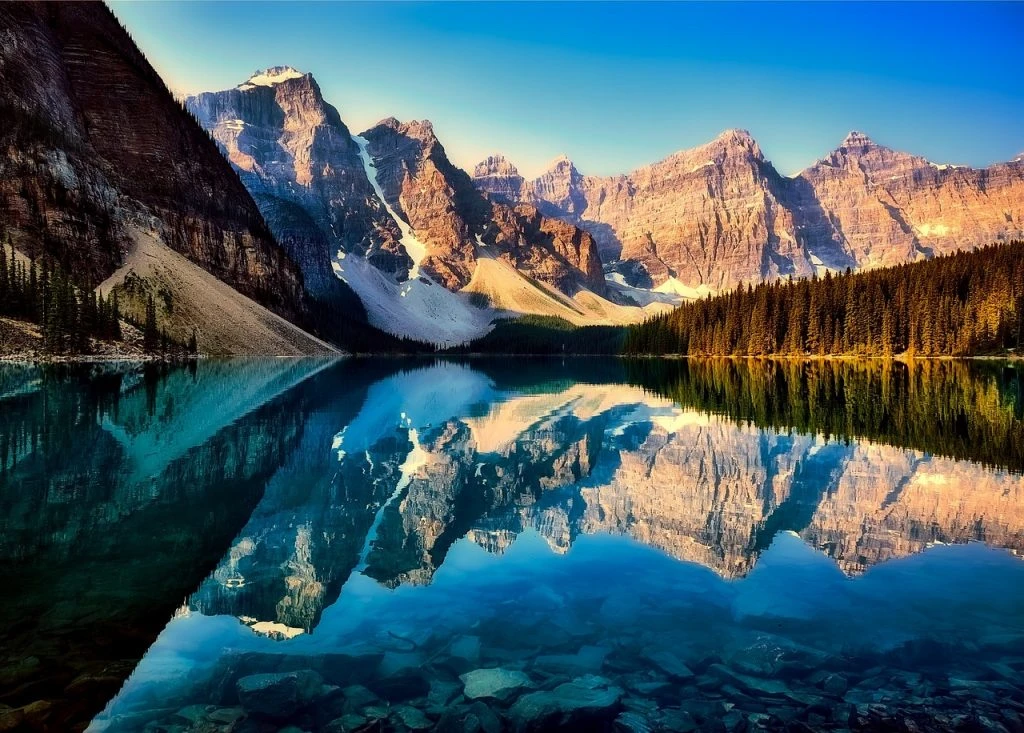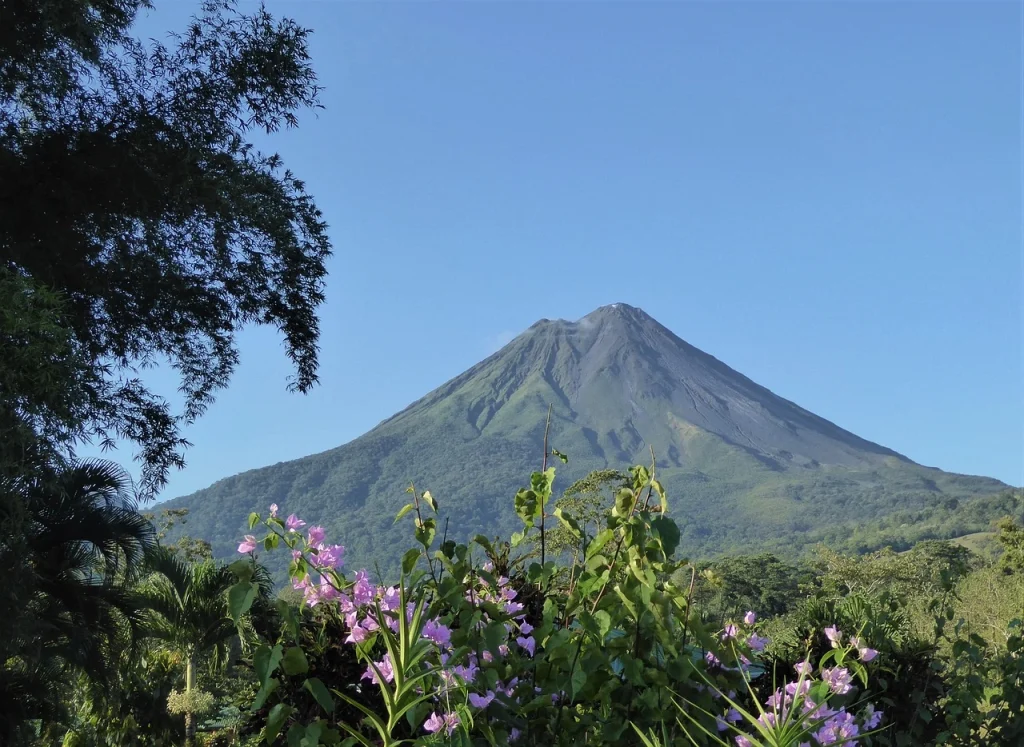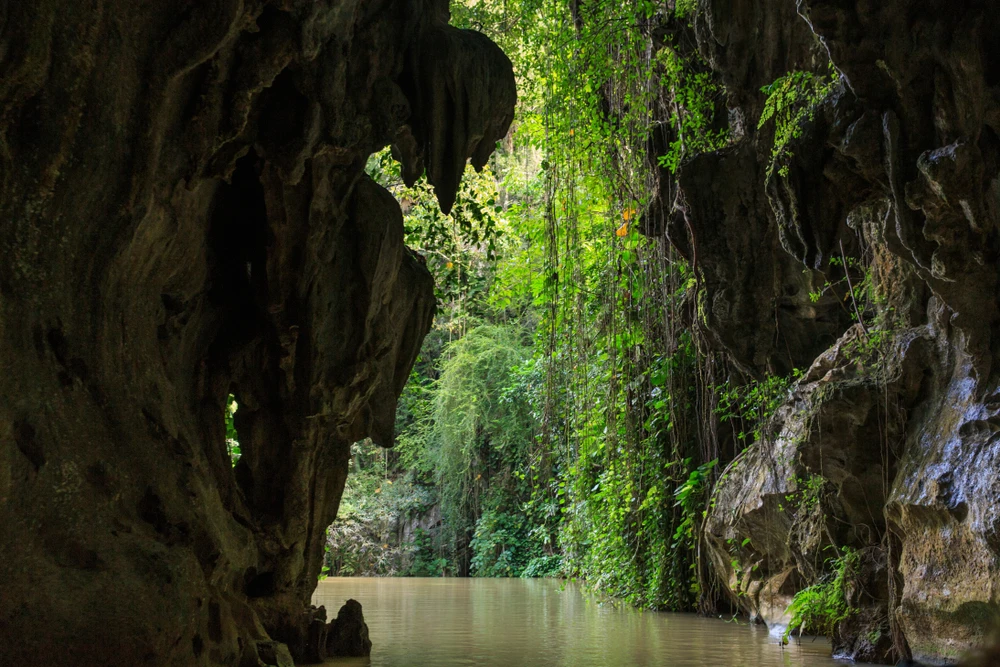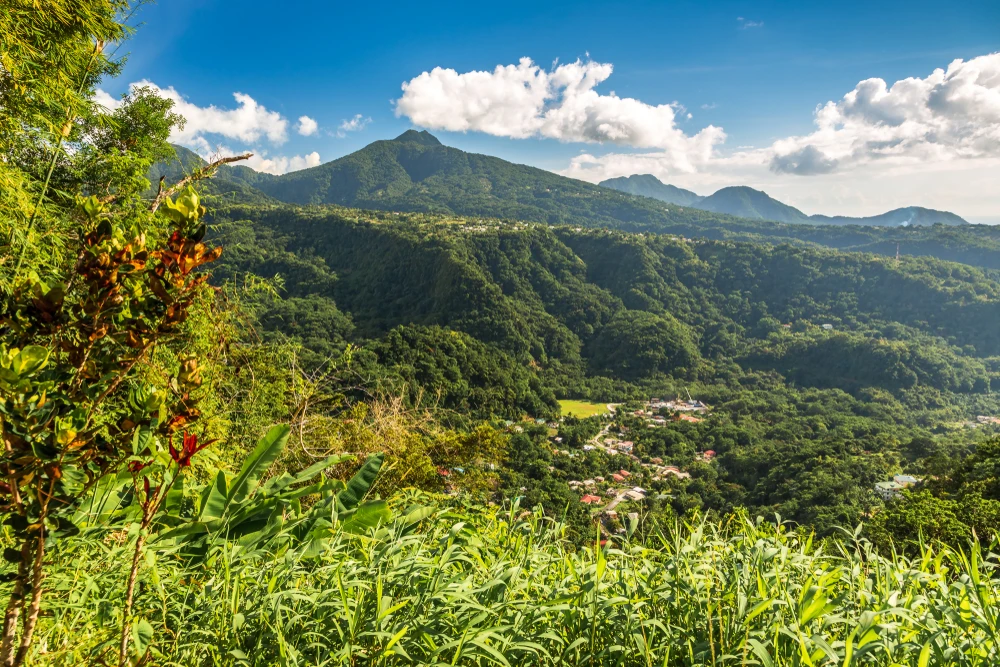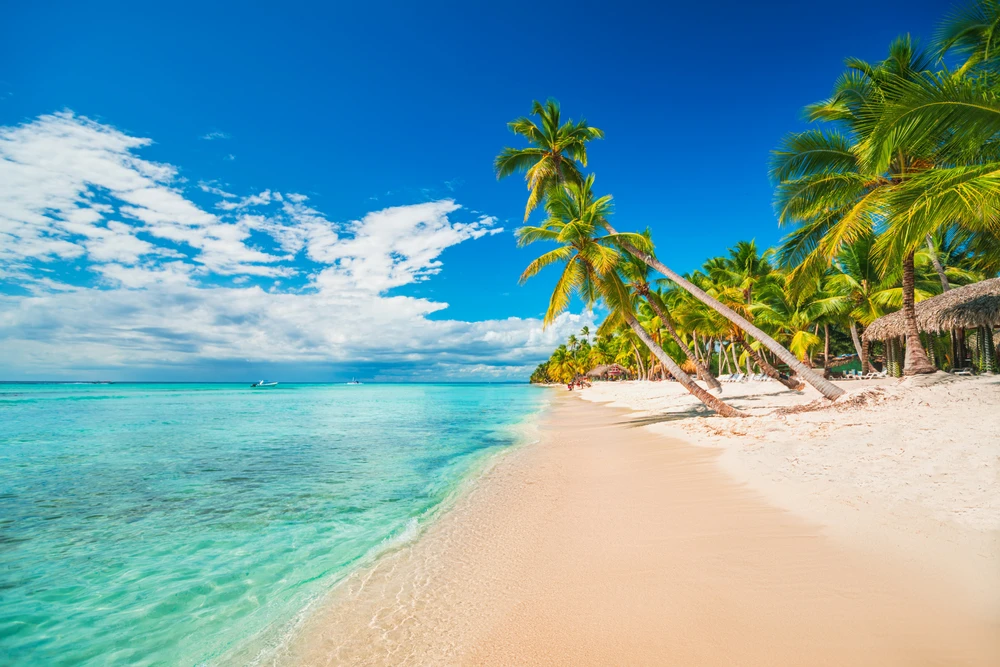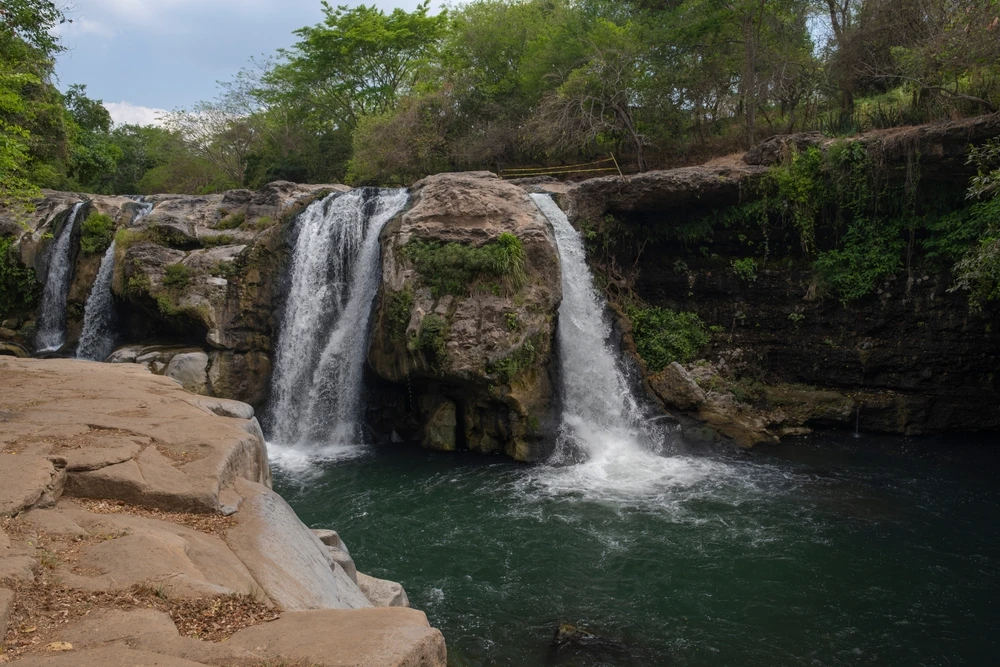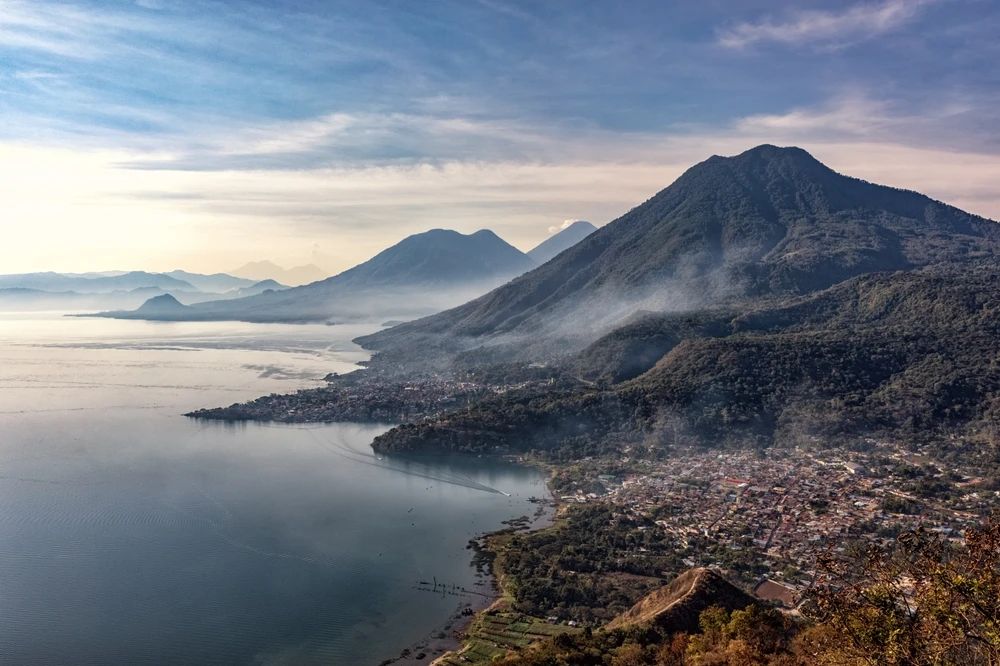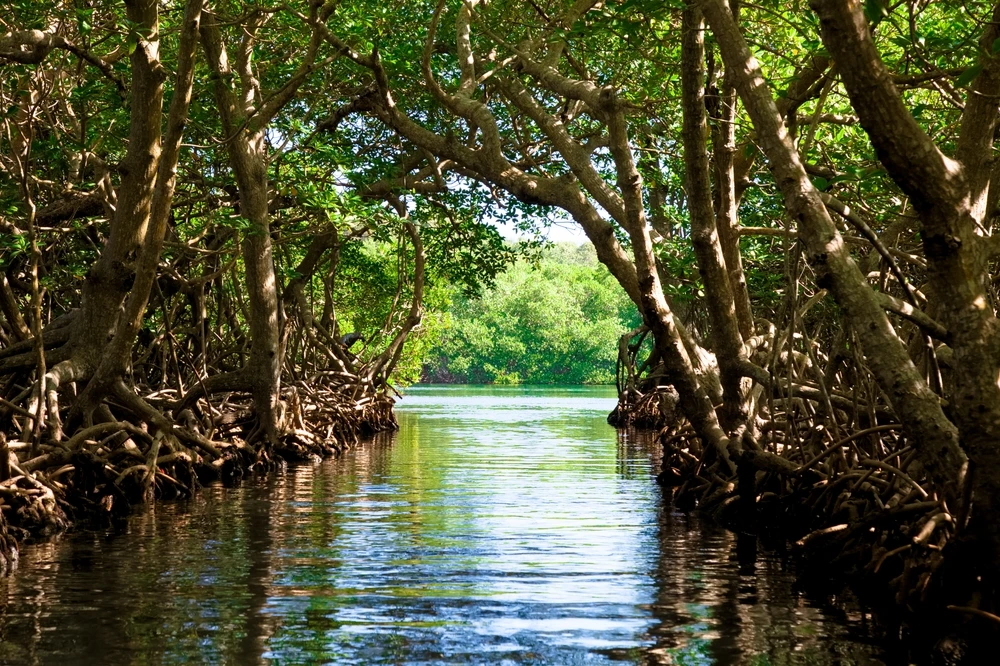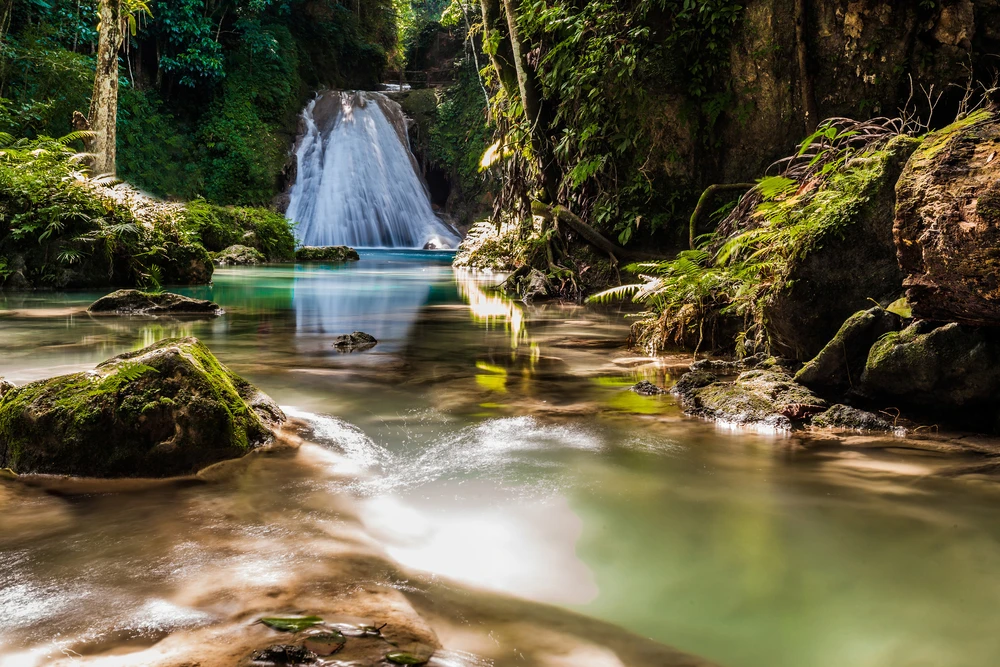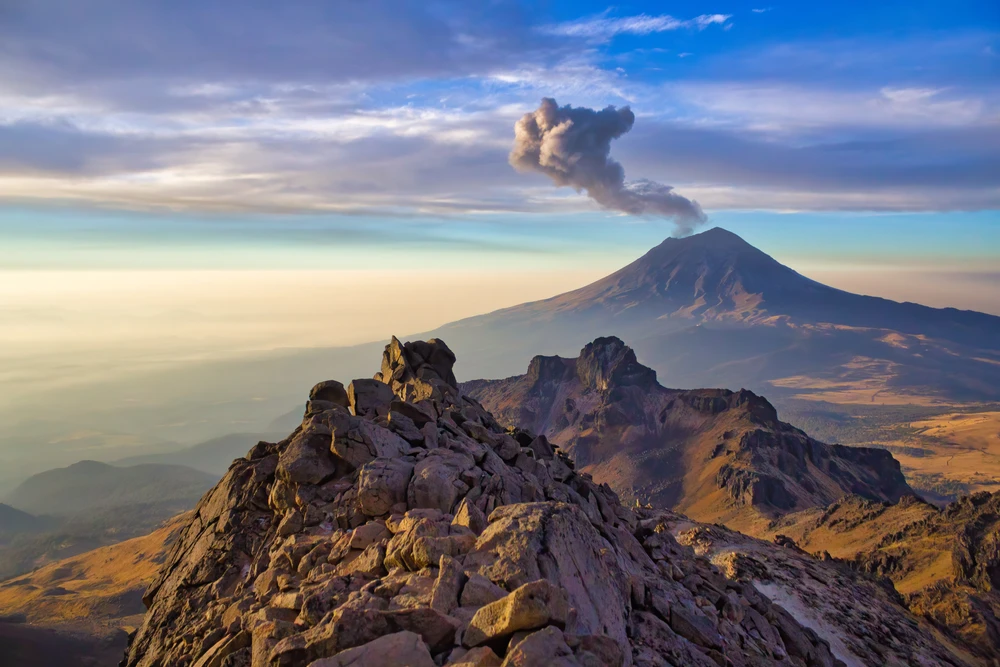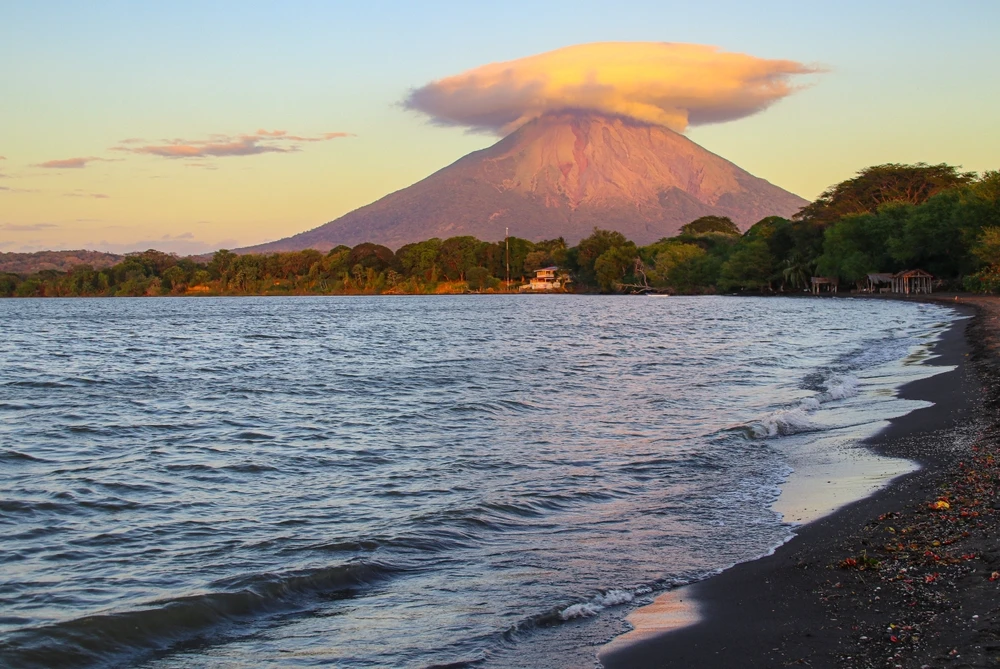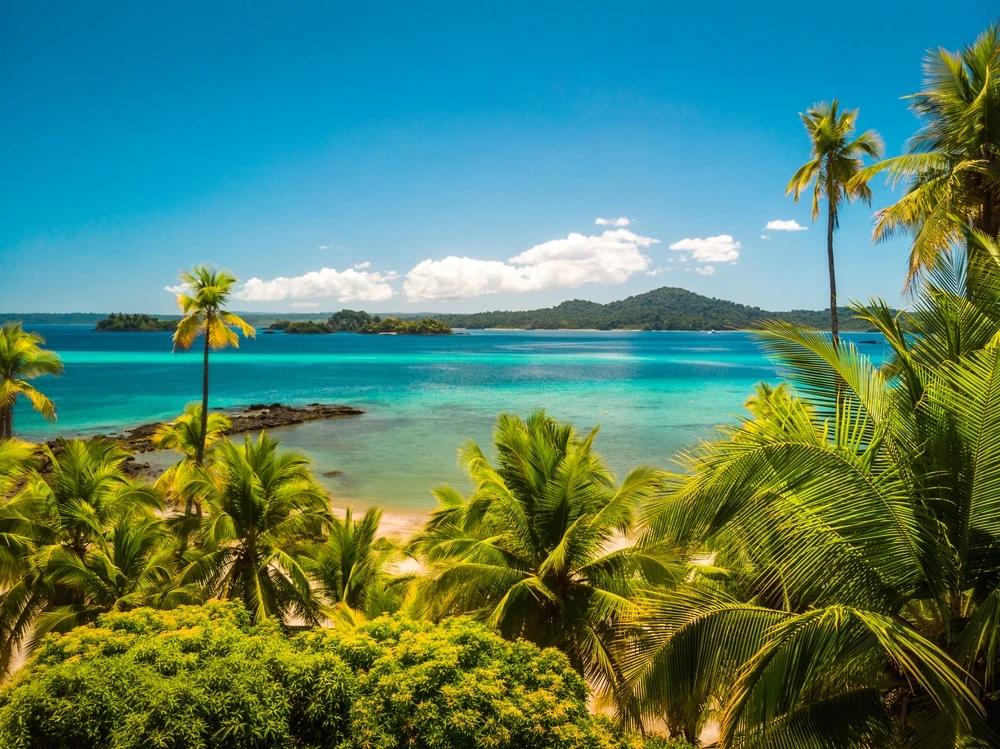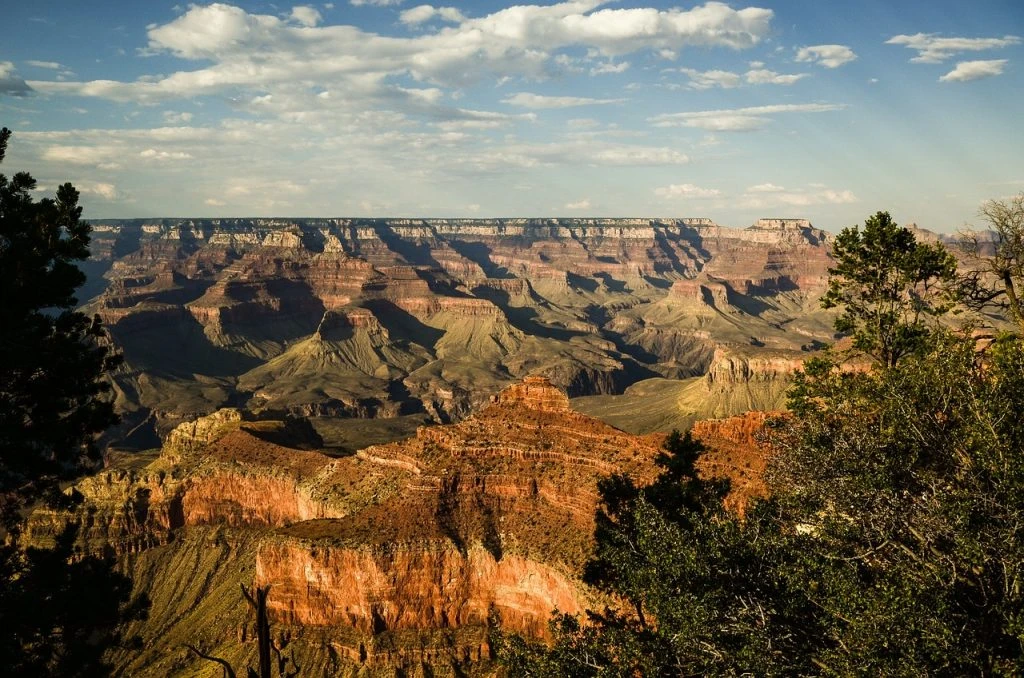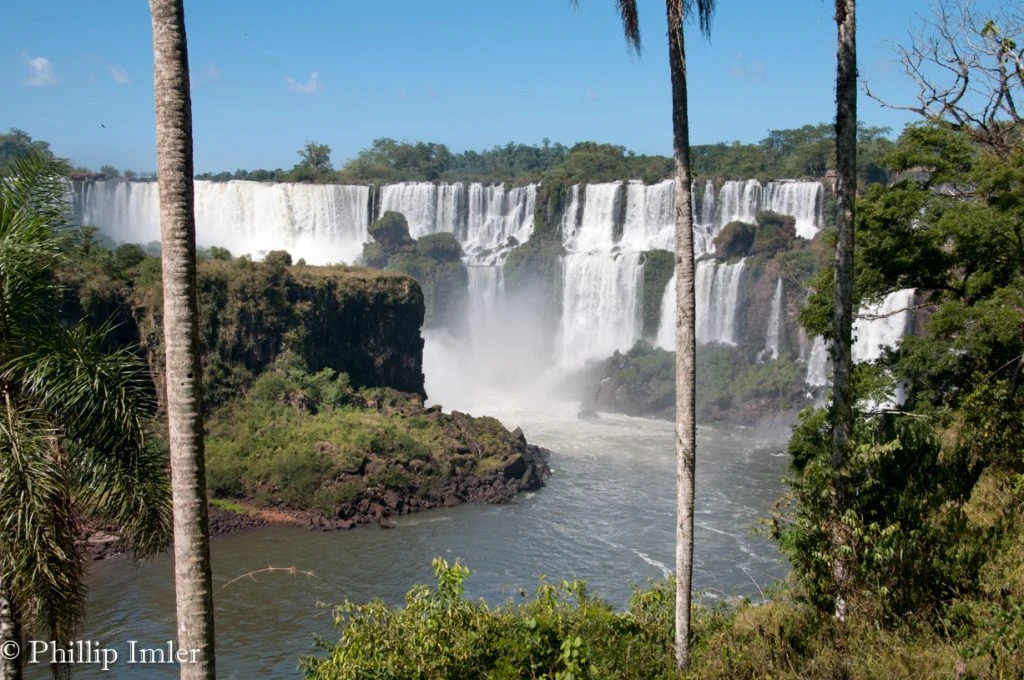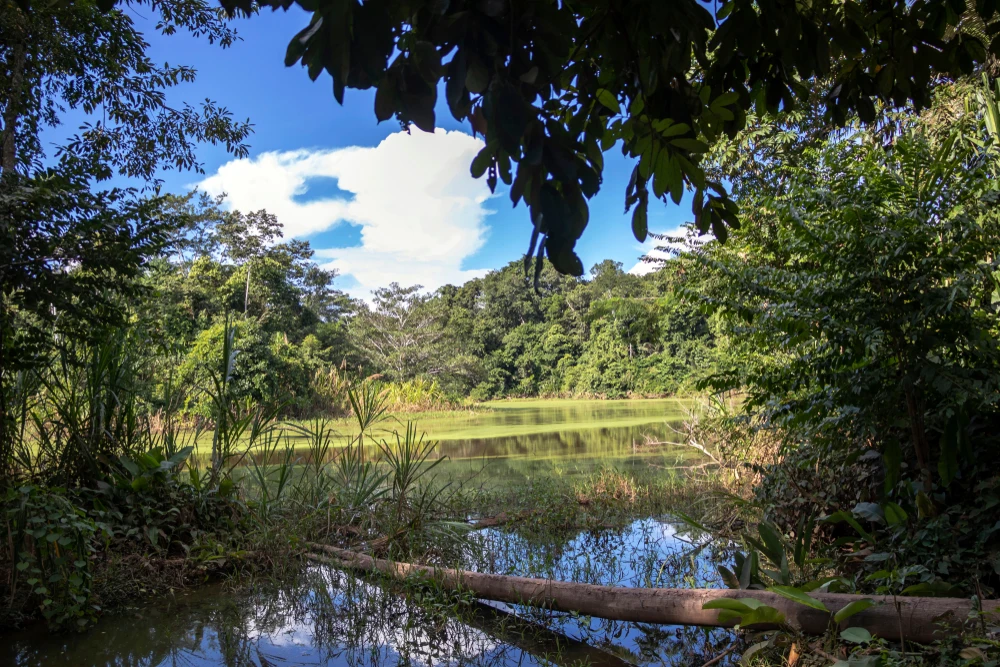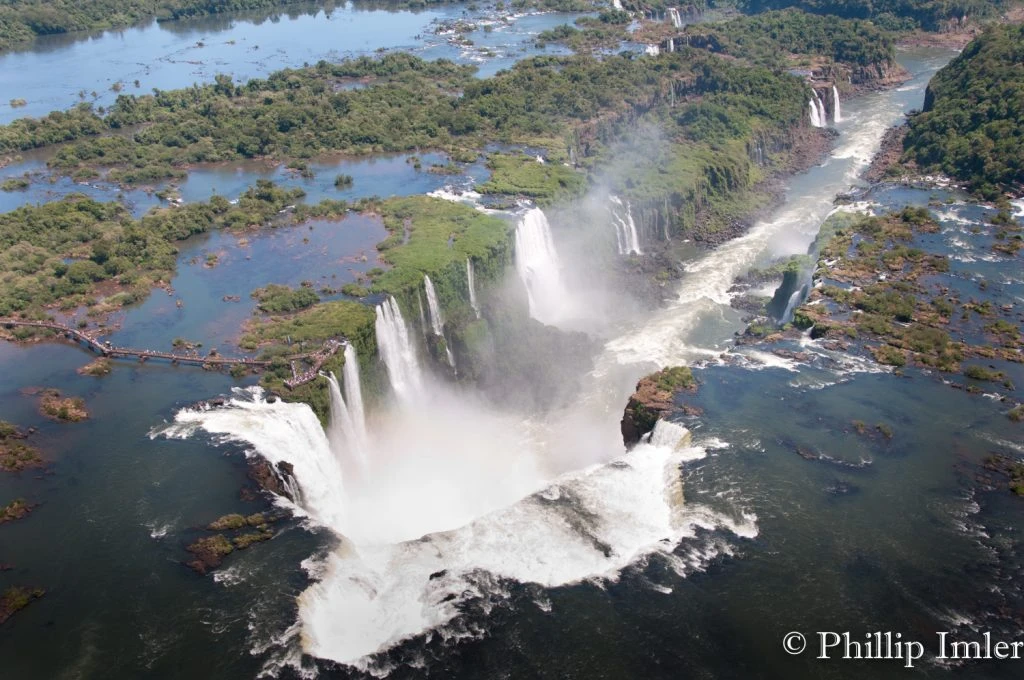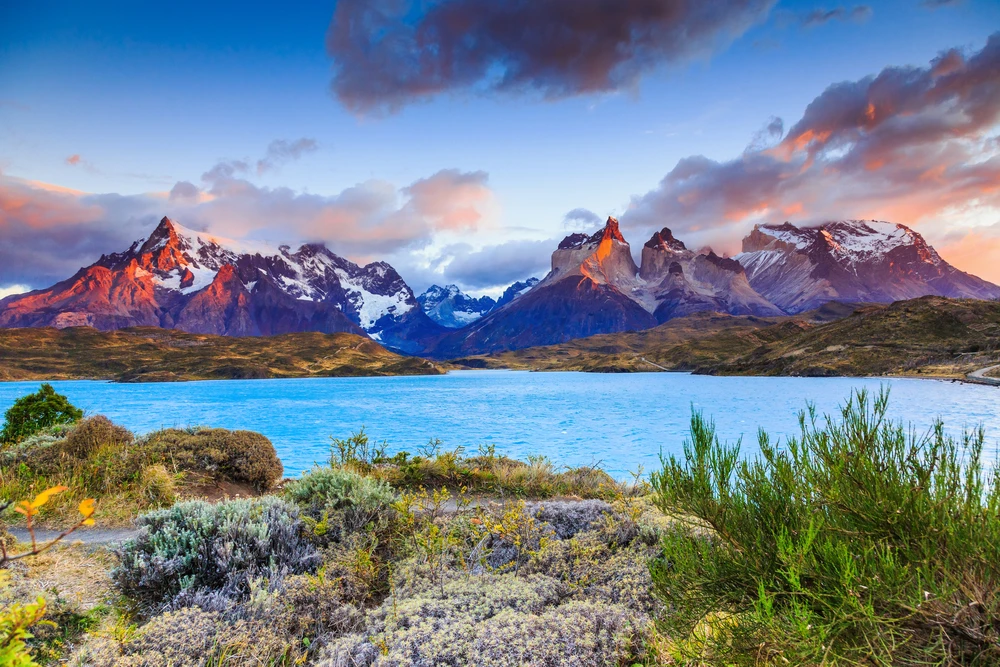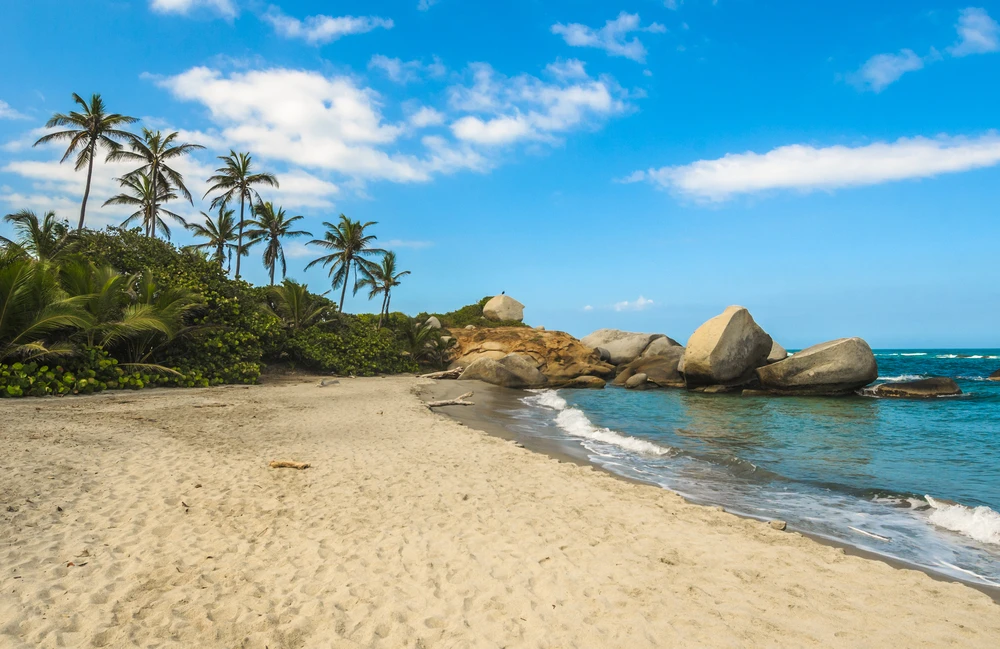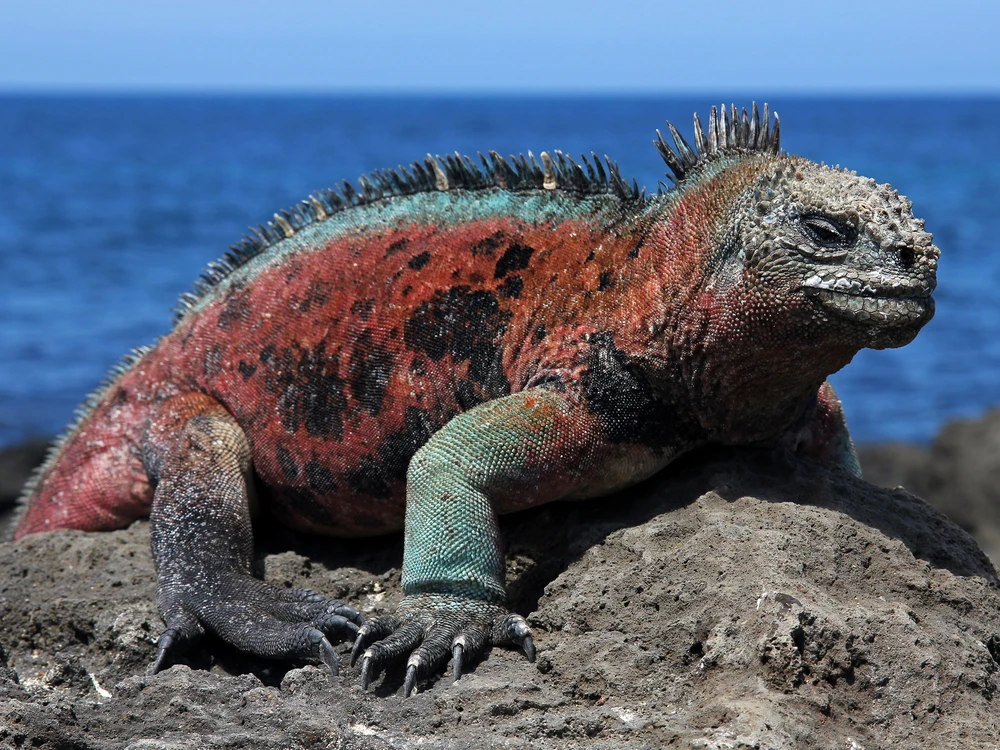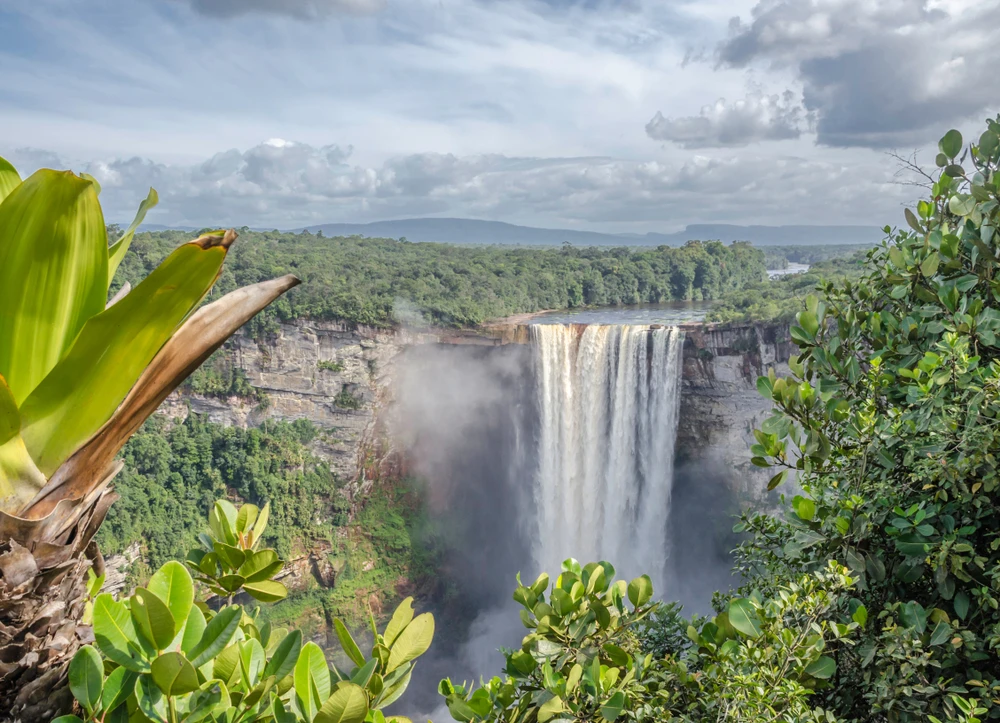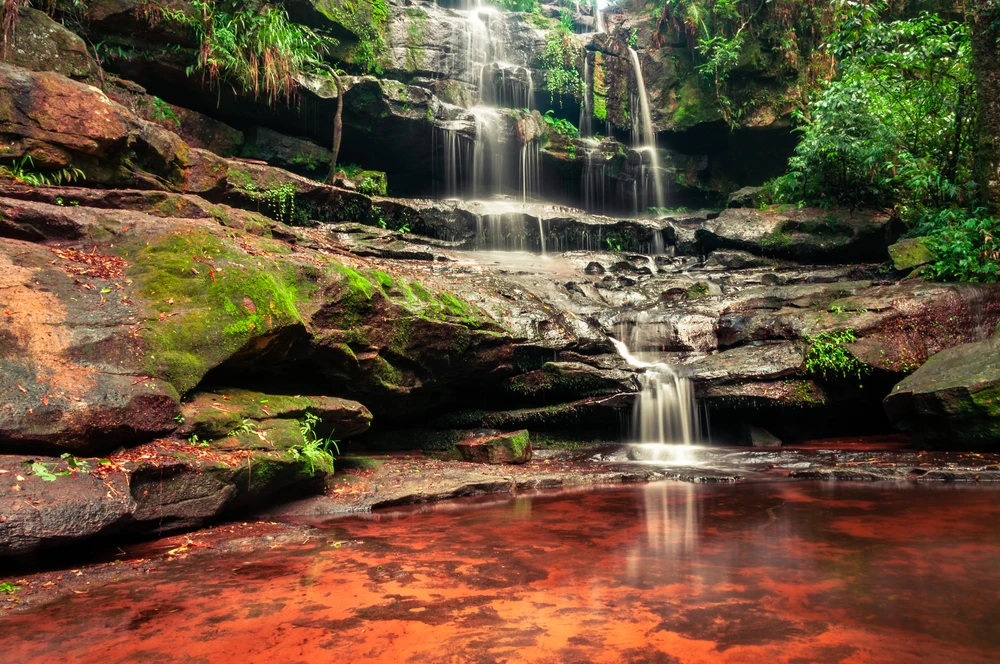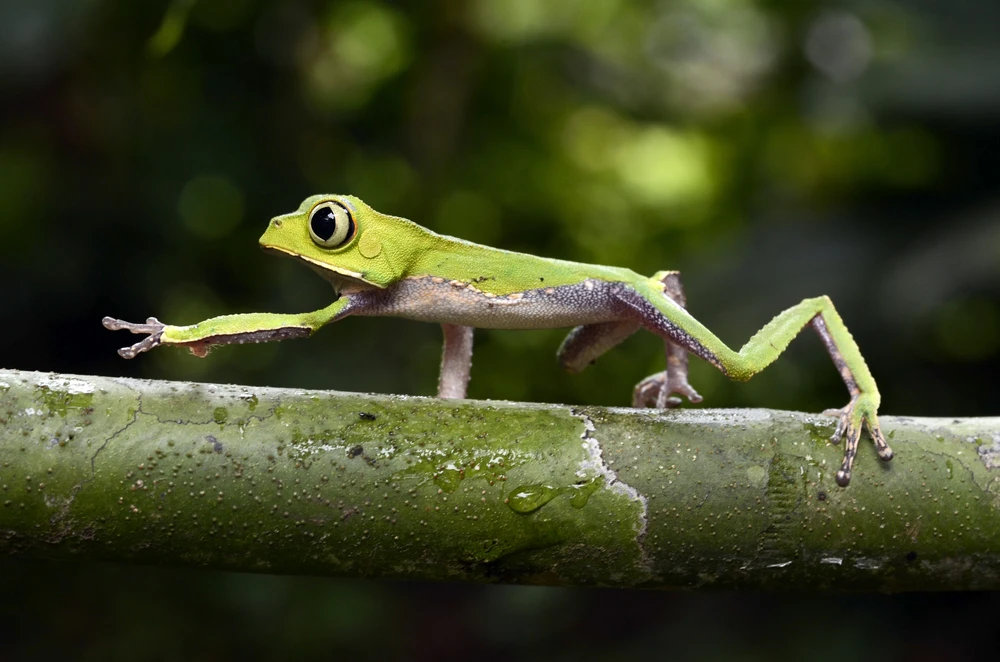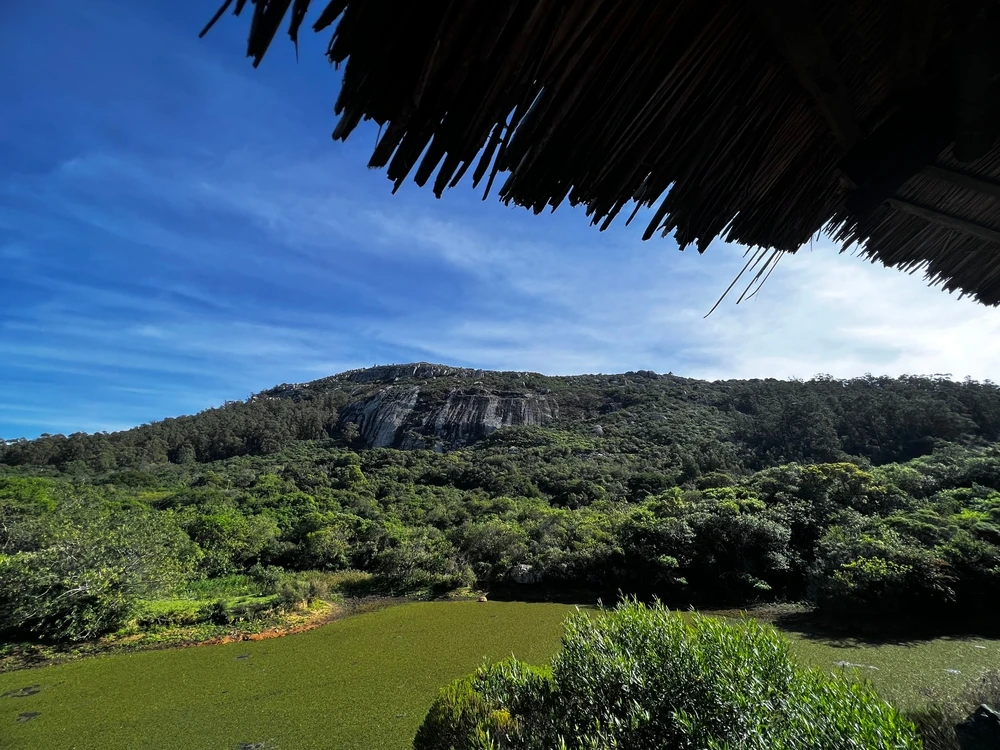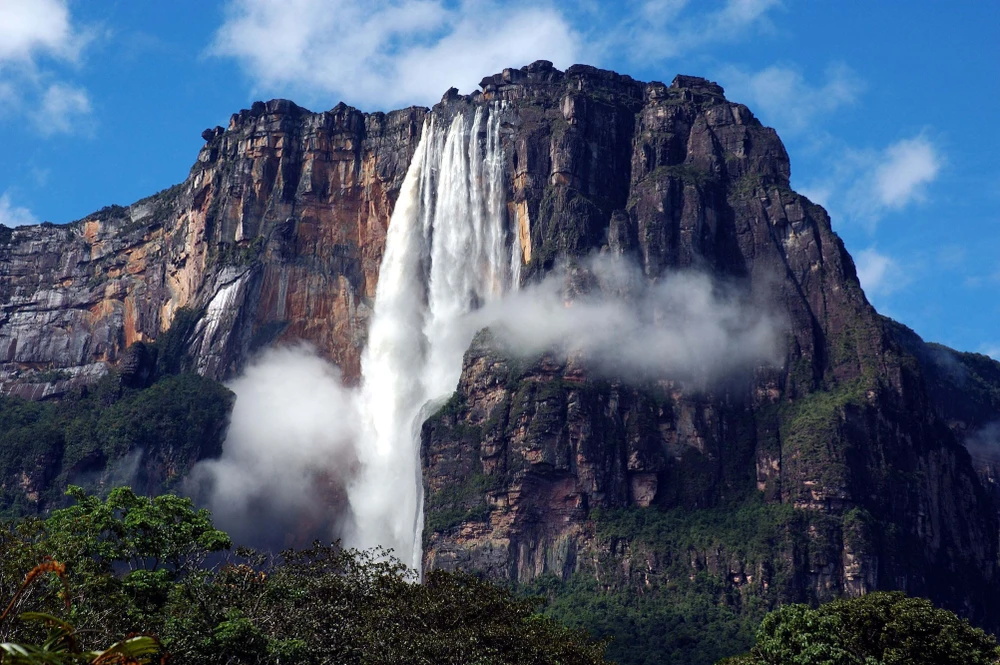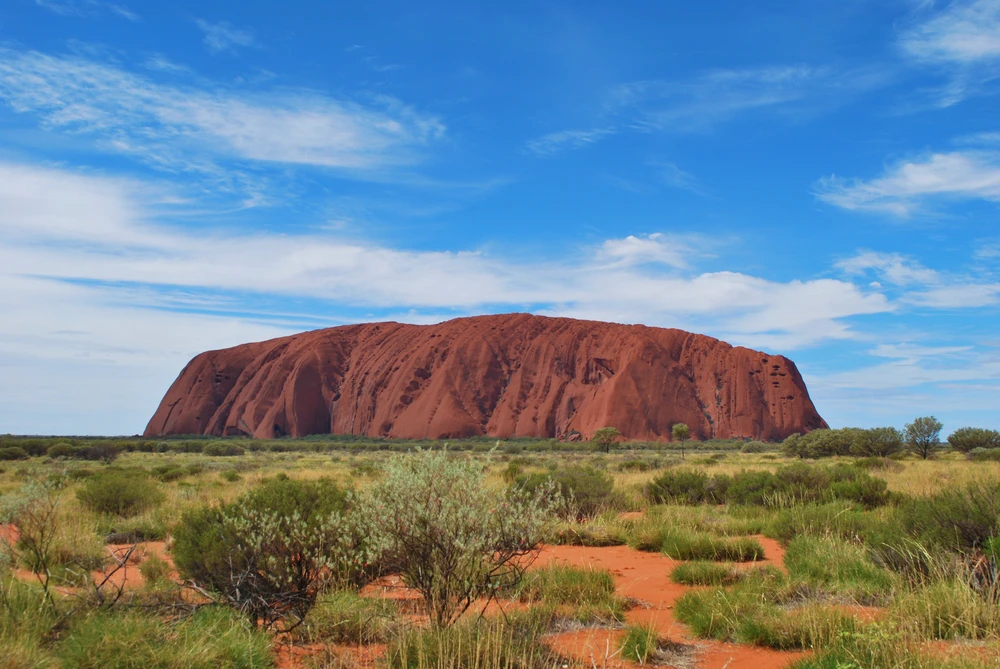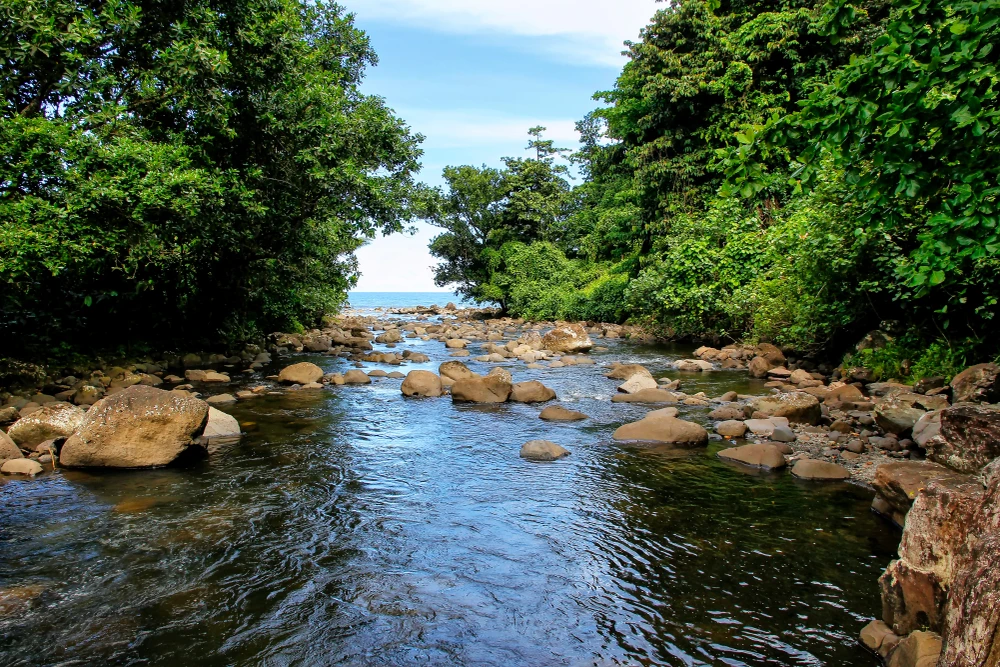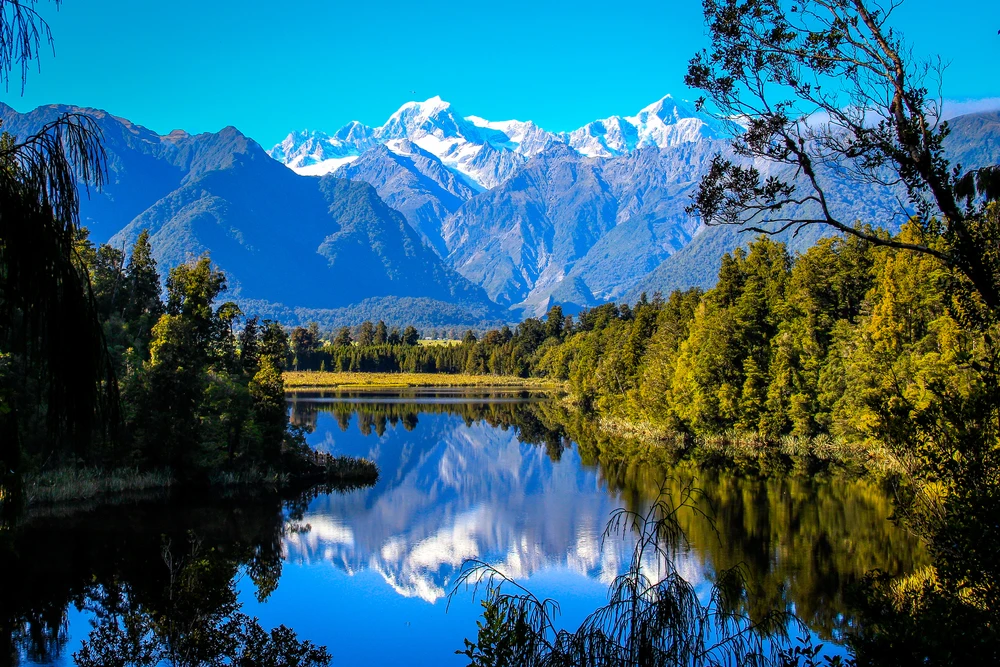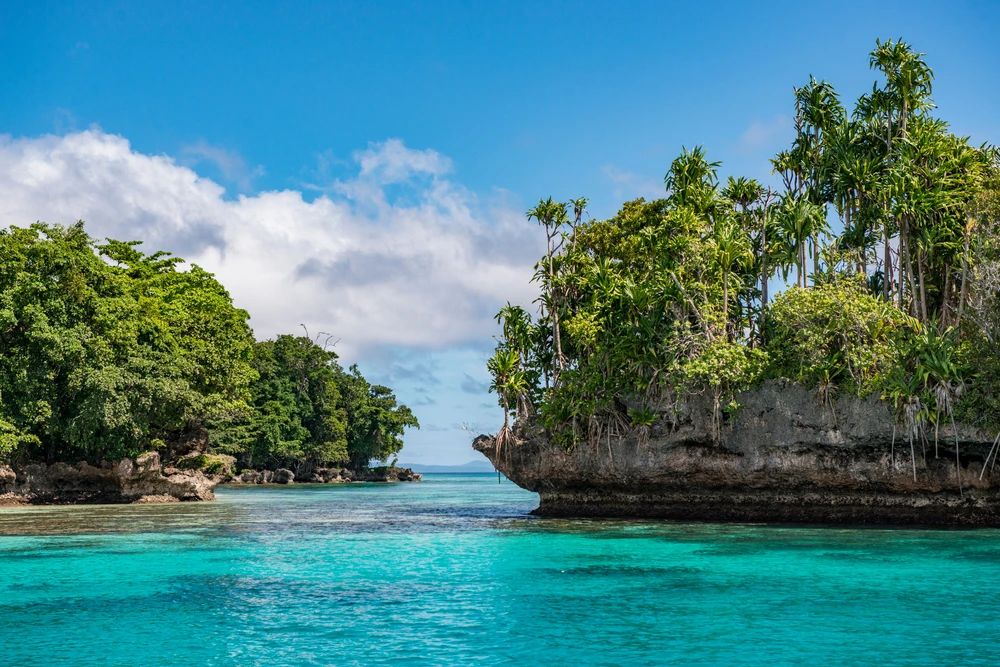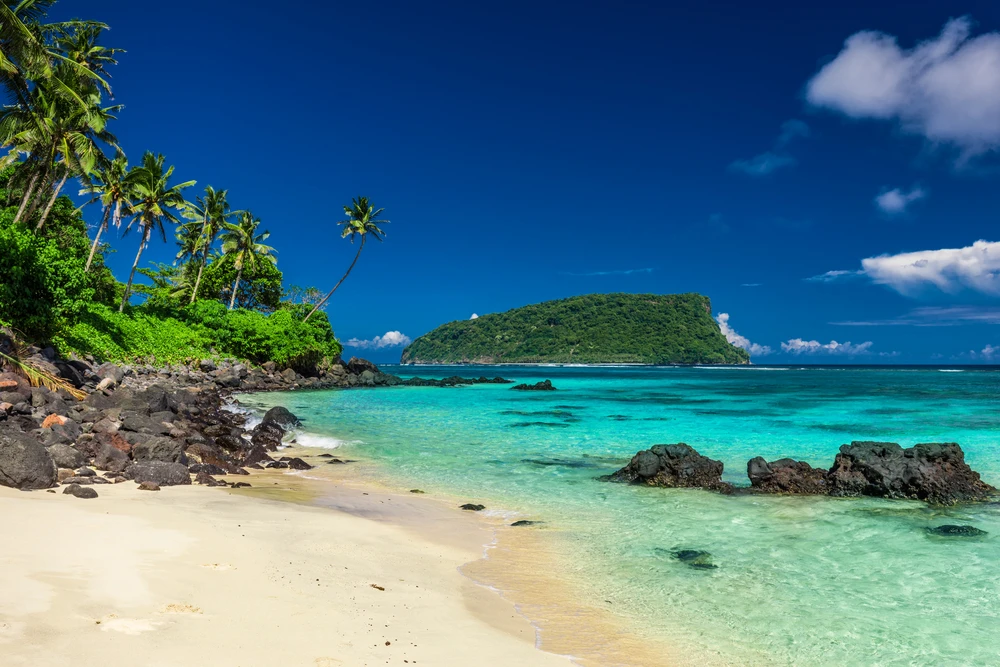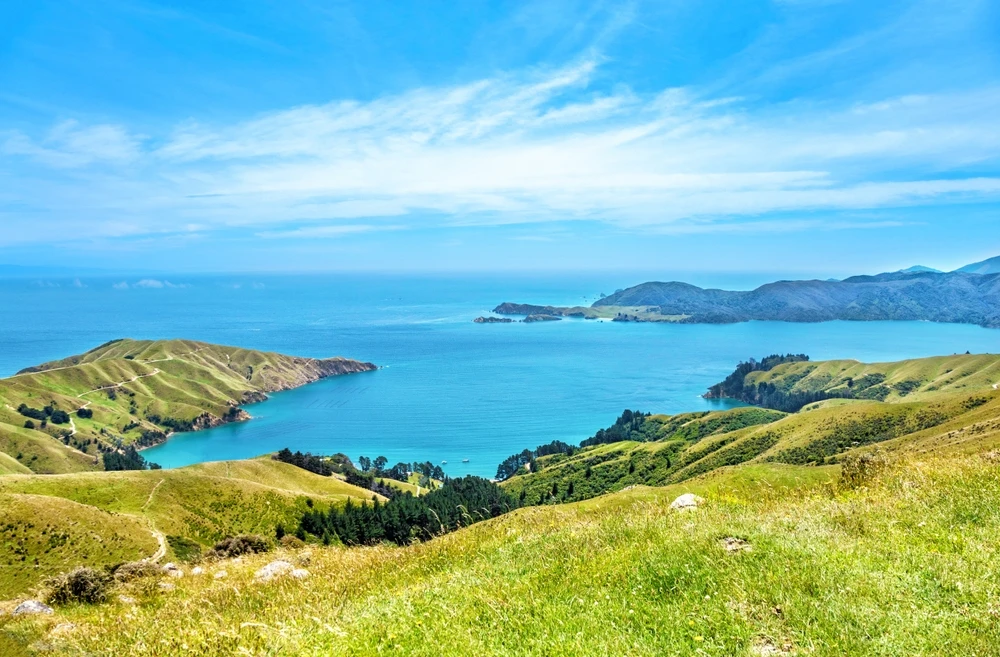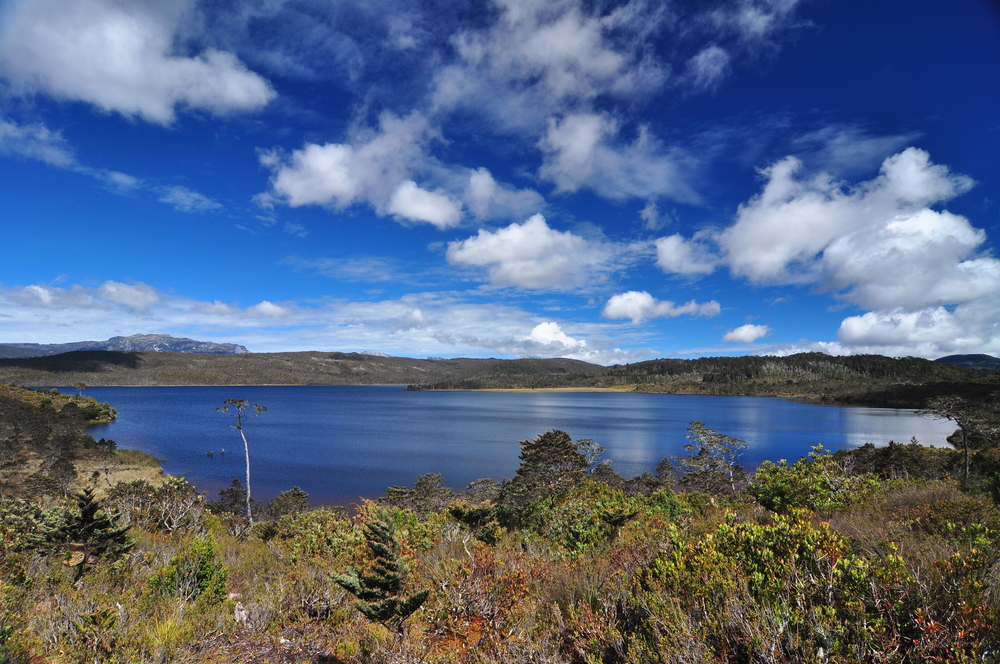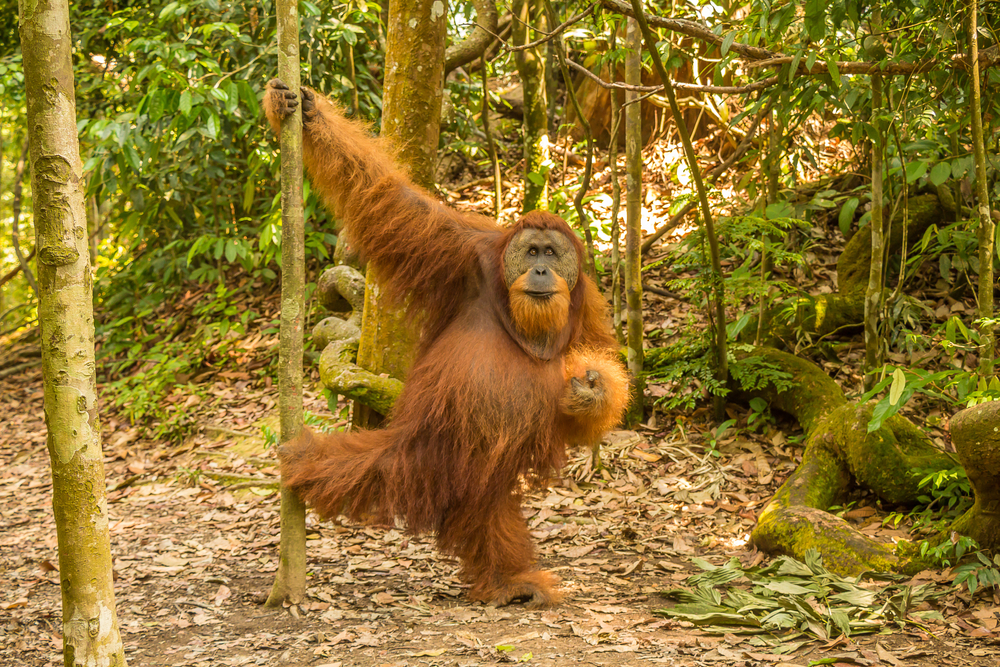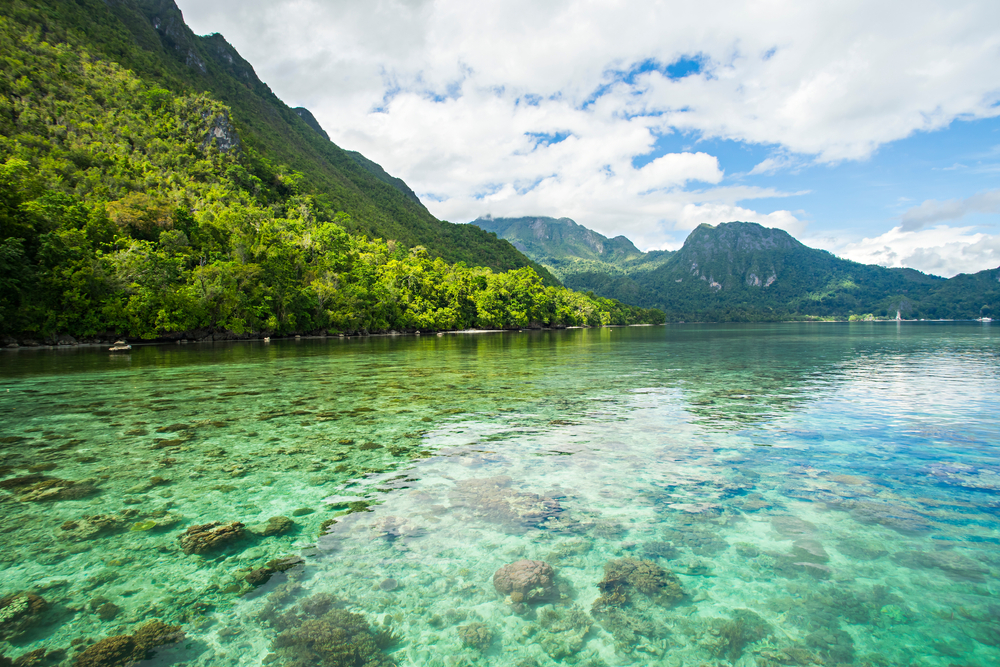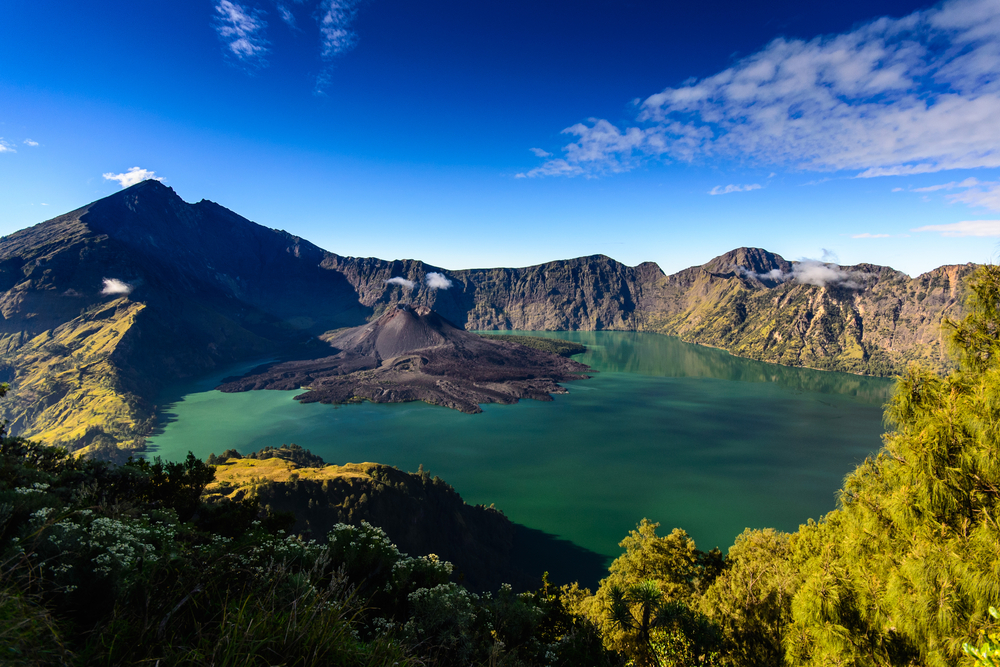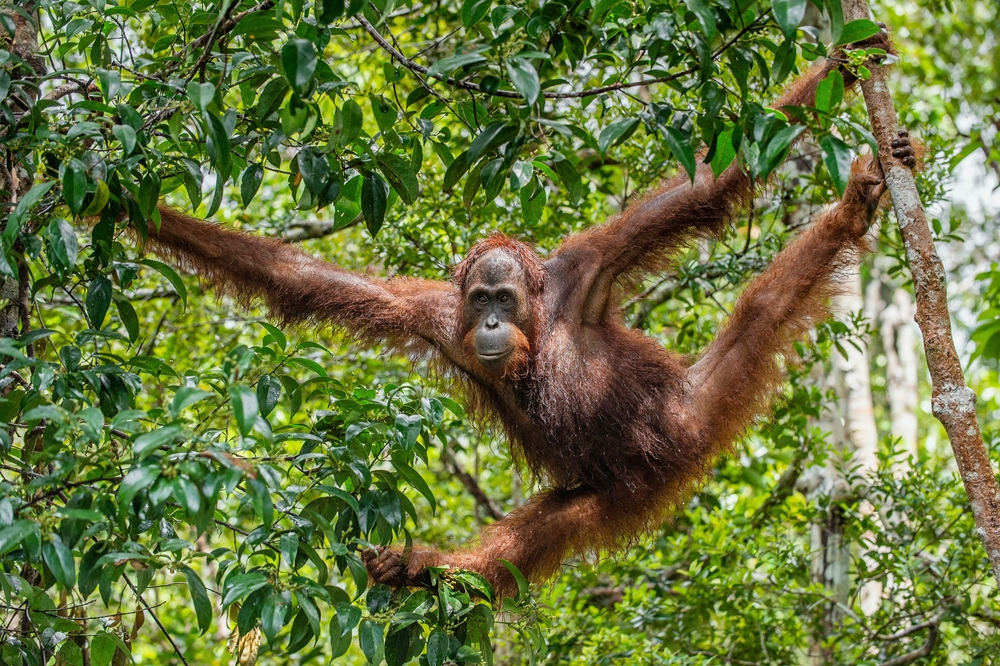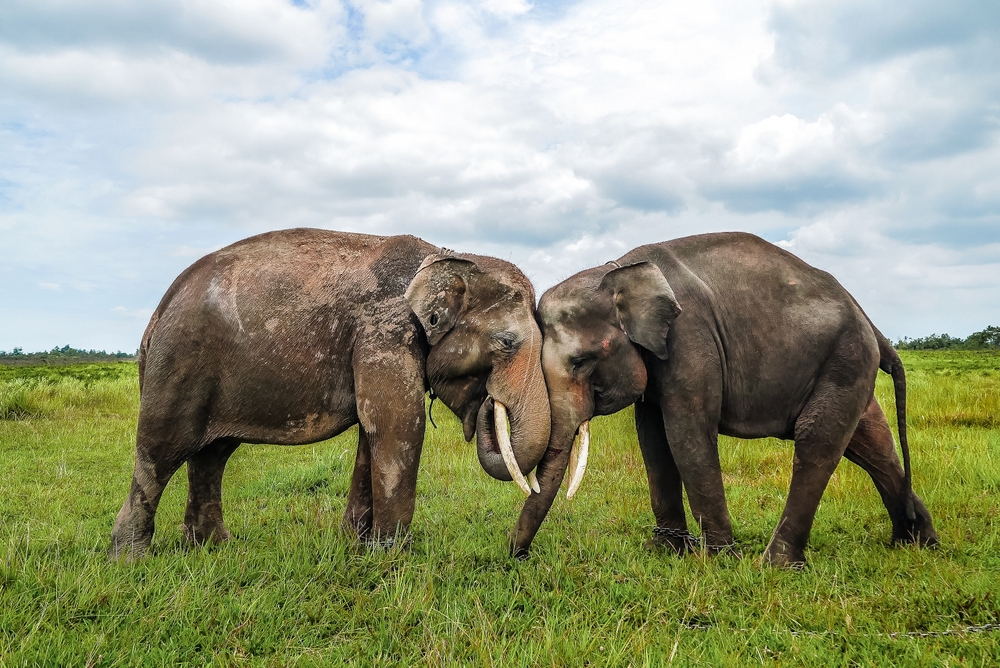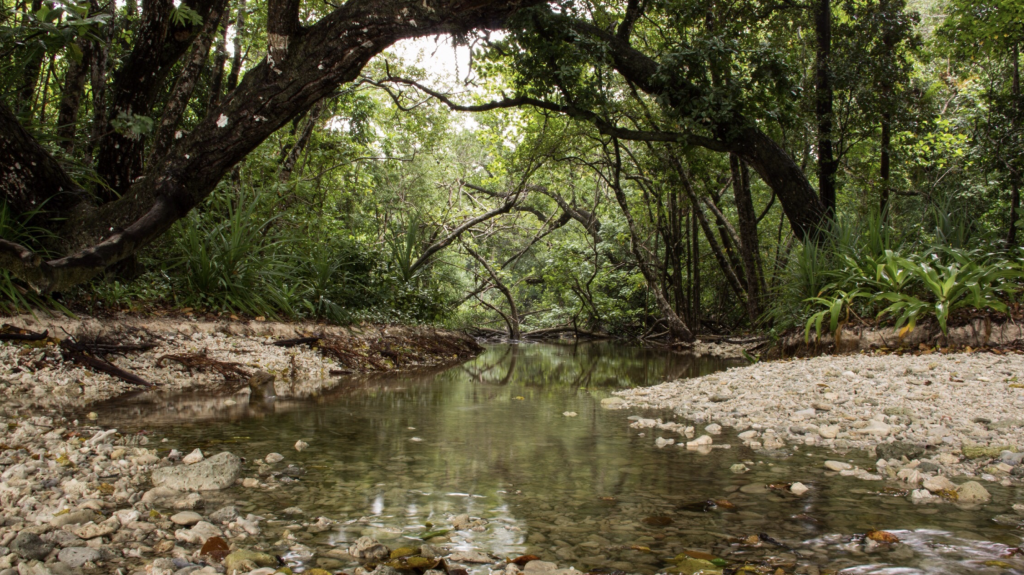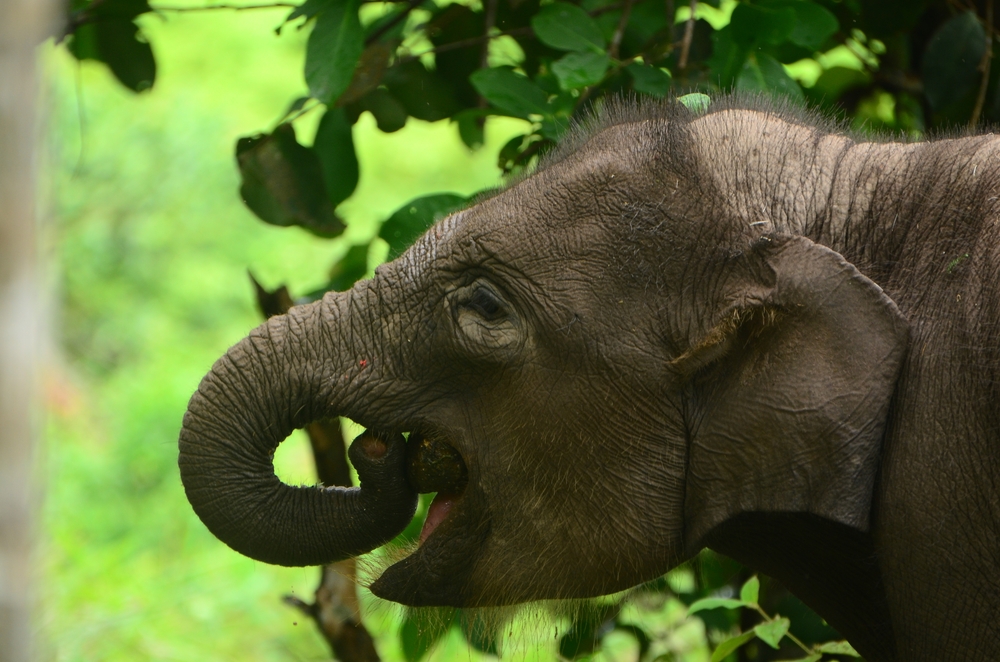Lorentz Overview
Lorentz National Park, known locally as Taman Nasional Lorentz, is a sprawling, awe-inspiring wilderness located in the Papua province of Indonesia. Covering an area of approximately 9,674 square miles (25,056 square kilometers), it is the largest national park in Southeast Asia and one of the most biologically diverse protected areas in the world.
Positioned on the island of New Guinea, the park stretches from the snow-capped peaks of the Sudirman Range, including Mount Carstensz Pyramid, the highest point in Oceania at 16,024 feet (4,884 meters), to the tropical lowland swamps and mangroves along the Arafura Sea.
The terrain of Lorentz National Park is extraordinarily varied, showcasing an unparalleled range of ecosystems. It encompasses glacial ice fields, alpine meadows, and montane forests, which transition into lowland rainforests, wetlands, and coastal mangroves. The park’s most iconic feature, the Carstensz Glacier, is one of the few equatorial glaciers in the world, though it is rapidly receding due to climate change.
Rivers such as the Mamberamo and Eilanden cut through the dense vegetation, while towering limestone cliffs and pristine waterfalls further enhance the dramatic landscape. The vegetation includes everything from alpine grasses and mosses to dense tropical hardwood trees, with sago palms and mangroves dominating the coastal regions.
Lorentz National Park is a haven for wildlife, boasting exceptional biodiversity with many species endemic to the region. Mammals include the rare and elusive long-beaked echidna and tree kangaroos, while birdlife is incredibly rich, featuring over 630 recorded species.
The southern cassowary, New Guinea harpy eagle, and various birds of paradise, with their dazzling plumage and courtship displays, are some of the most sought-after sightings. The park’s rivers and wetlands are home to saltwater crocodiles, while its forests support a range of reptiles and amphibians.
Visitors are drawn to the park for its sheer natural beauty and the chance to experience an environment virtually untouched by human development. Treks to Mount Carstensz Pyramid attract climbers eager to conquer one of the Seven Summits.
Wildlife enthusiasts come for the opportunity to observe rare species in their natural habitats, and cultural tourists are often captivated by the indigenous peoples who have lived in harmony with the land for millennia, such as the Dani, Asmat, and Amungme tribes. Guided tours and eco-trekking through the park offer visitors the chance to immerse themselves in the diverse ecosystems and unique cultures.
The park faces significant conservation challenges, including illegal logging, mining, and the encroachment of human settlements. Climate change has also accelerated the retreat of the Carstensz Glacier. However, its status as a UNESCO World Heritage Site and ongoing collaboration between the Indonesian government, international organizations, and local communities have helped bolster conservation efforts. These initiatives focus on preserving biodiversity, mitigating human impact, and promoting sustainable tourism to ensure that Lorentz National Park remains a global treasure.

